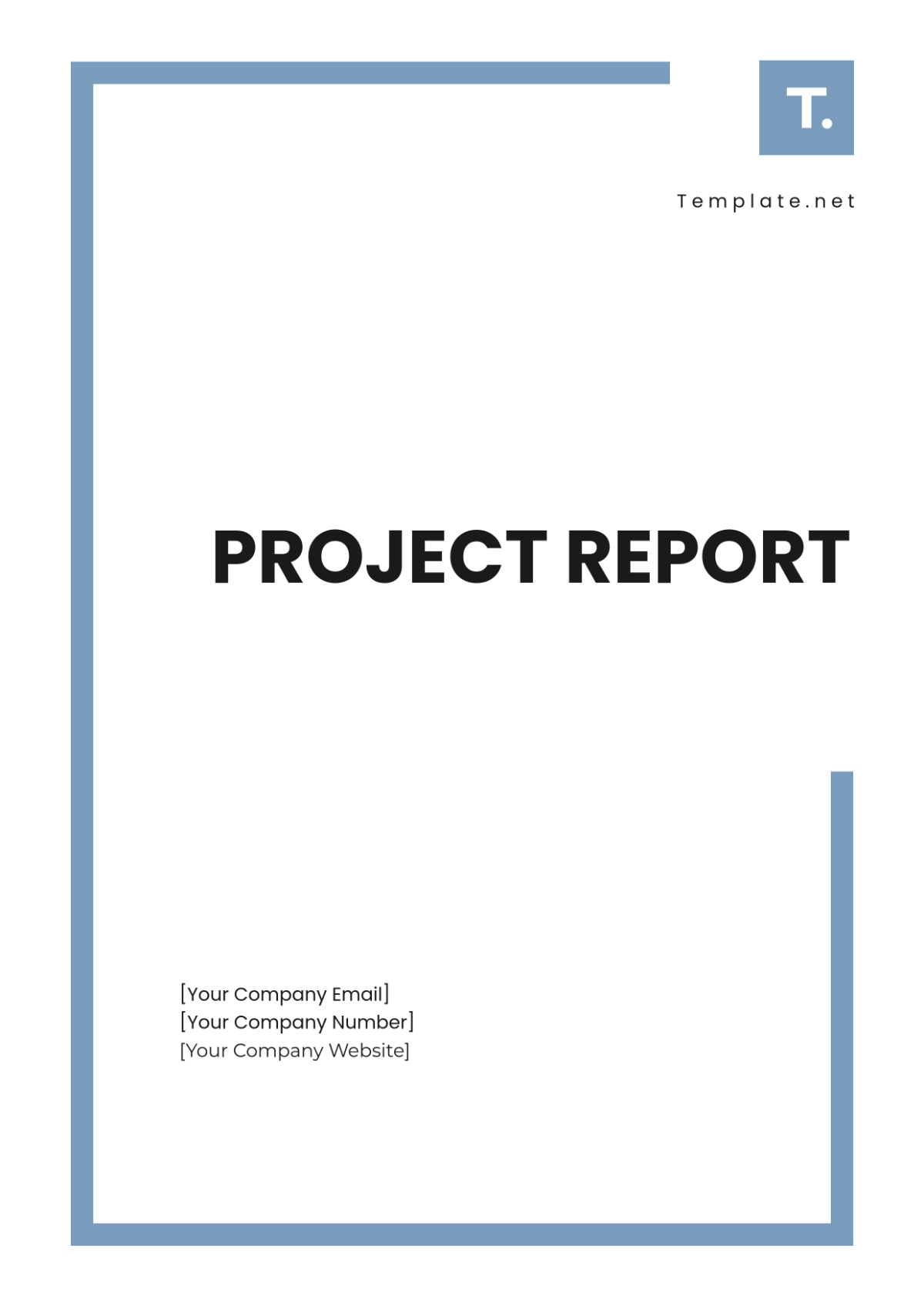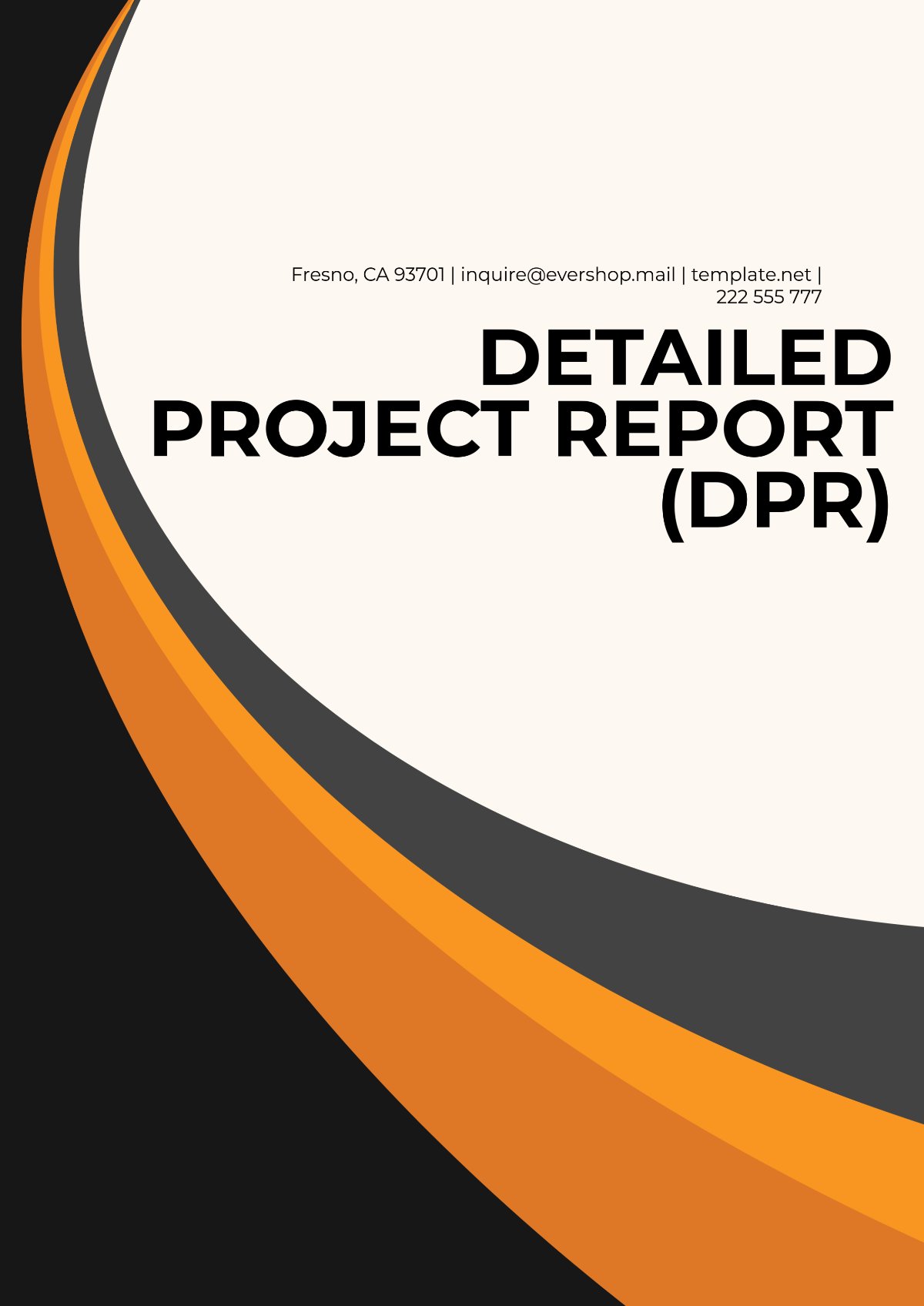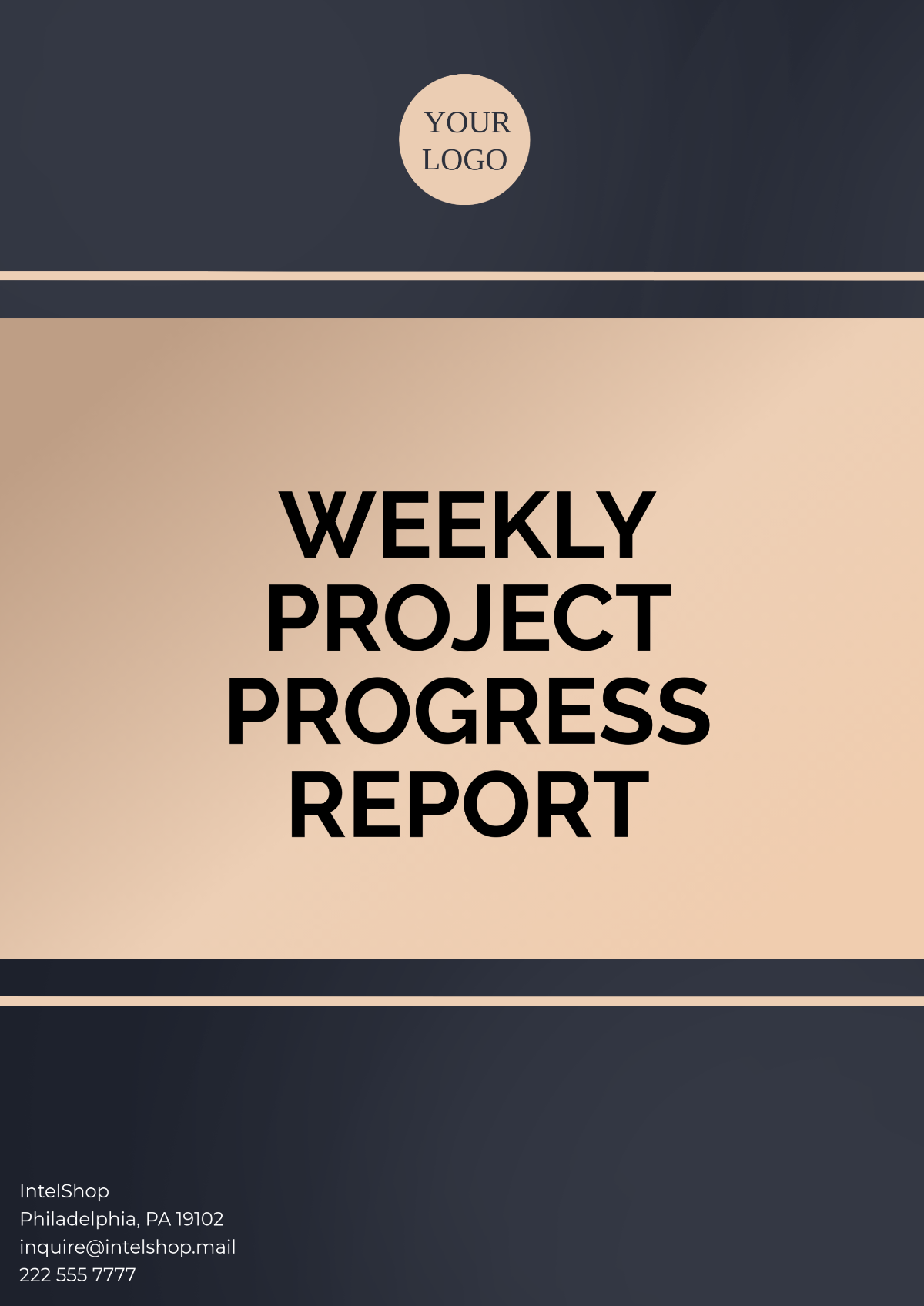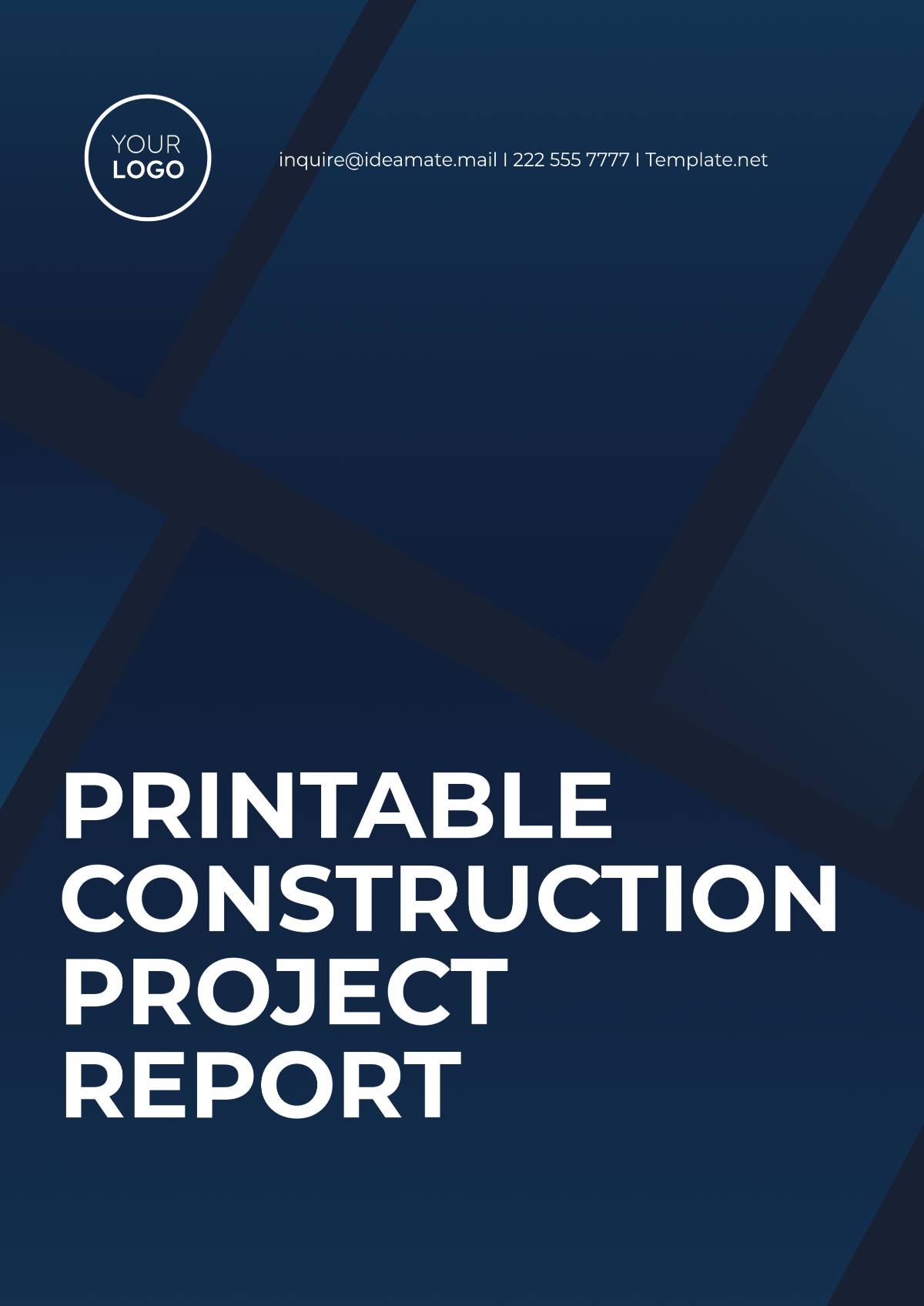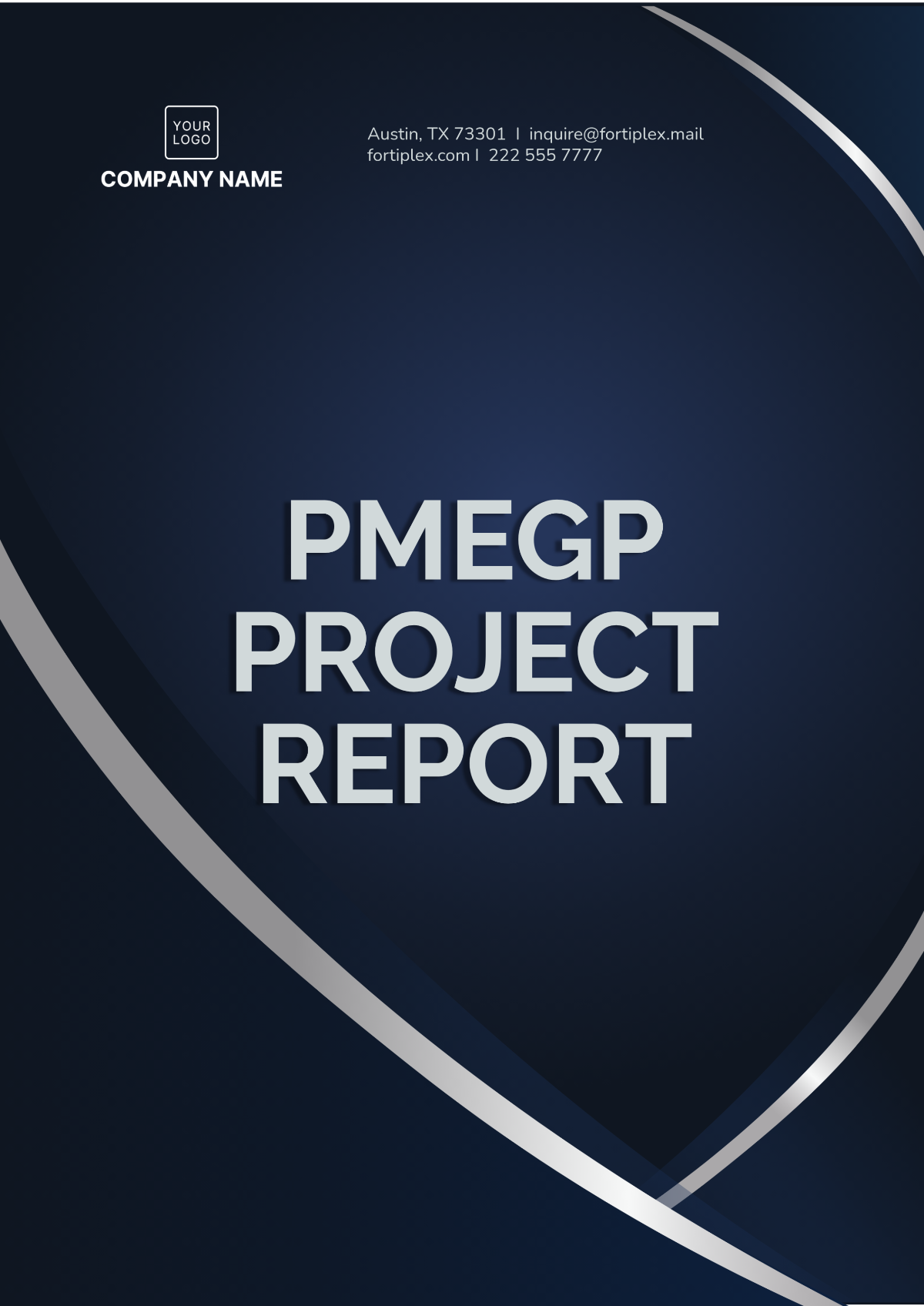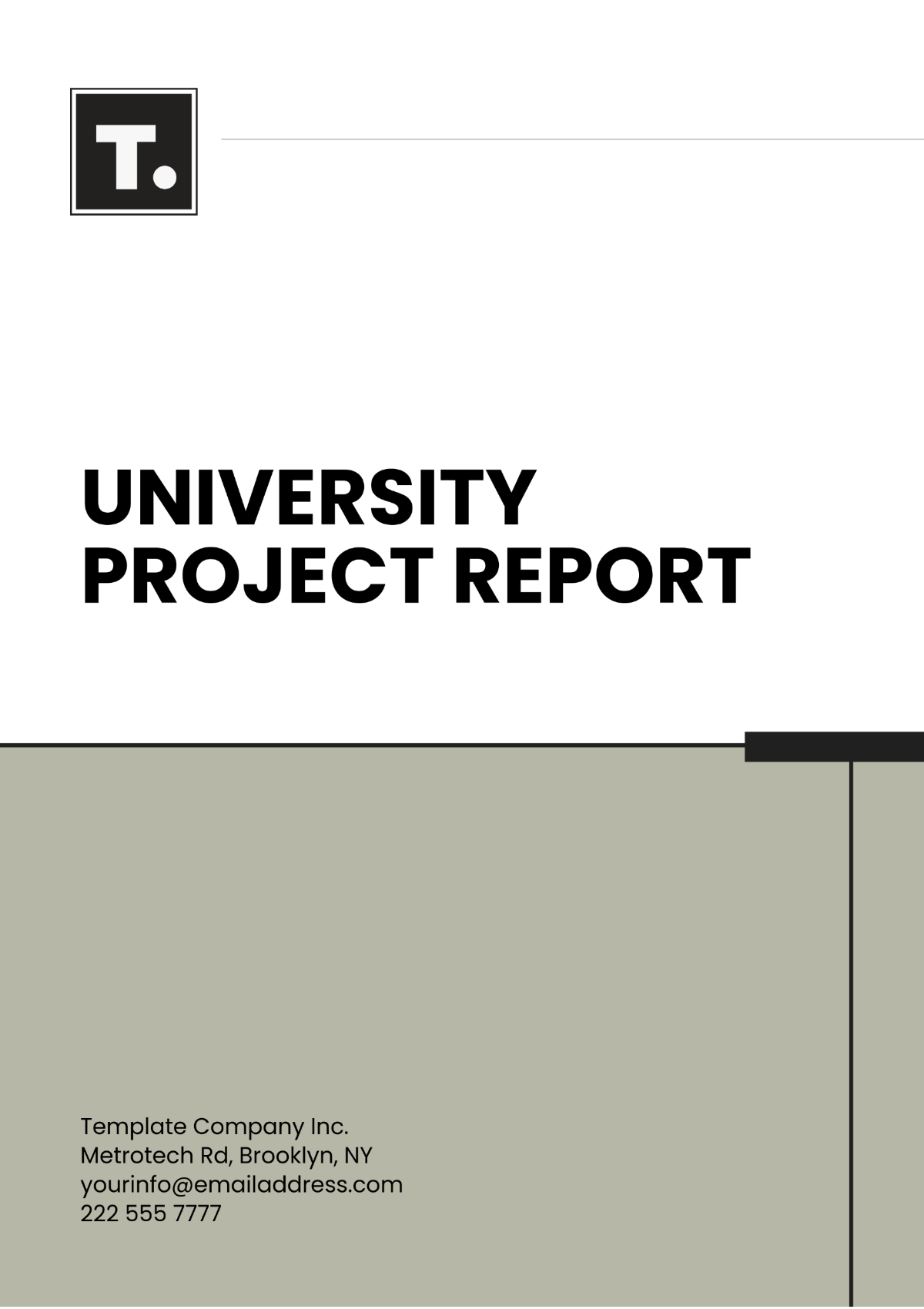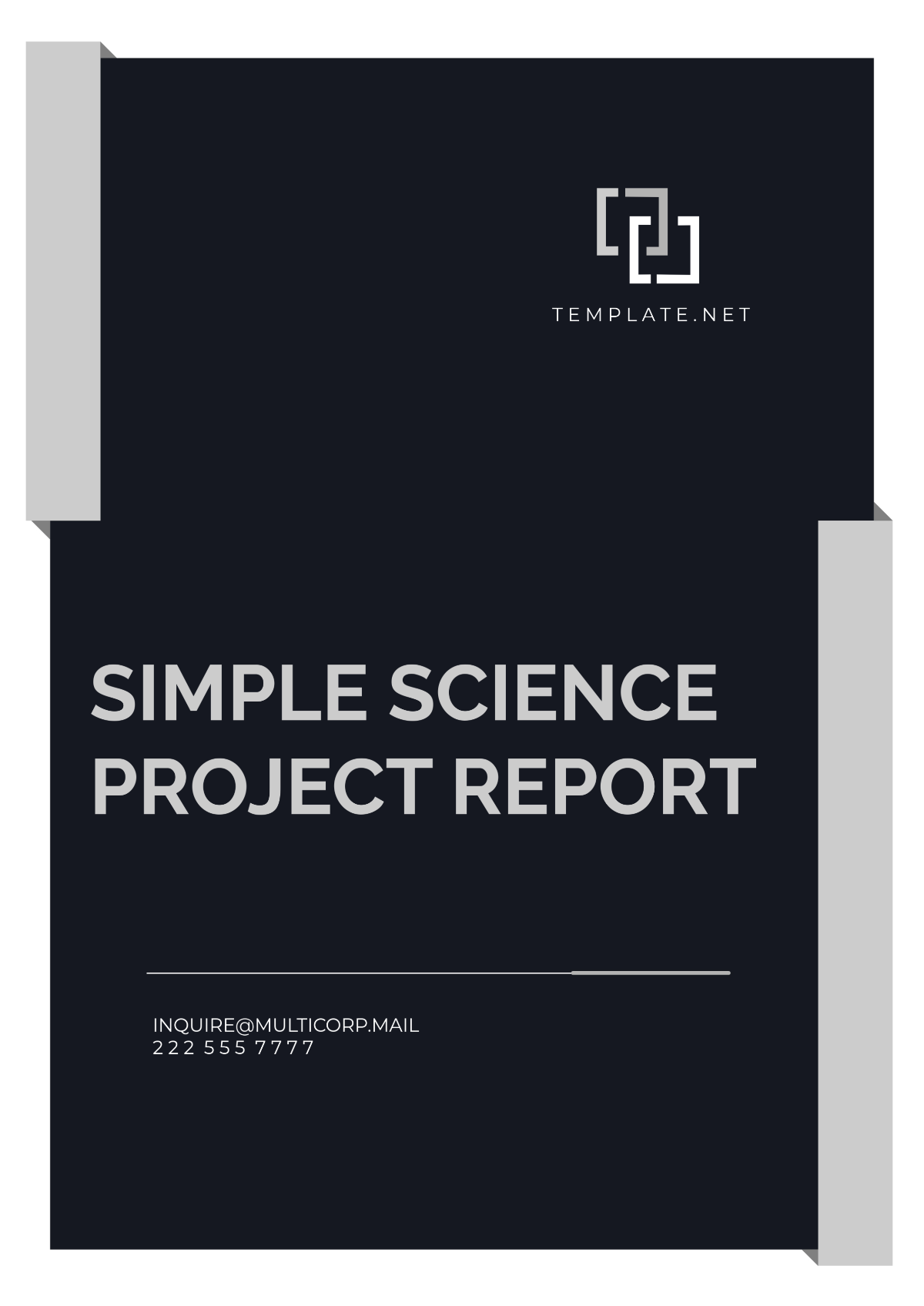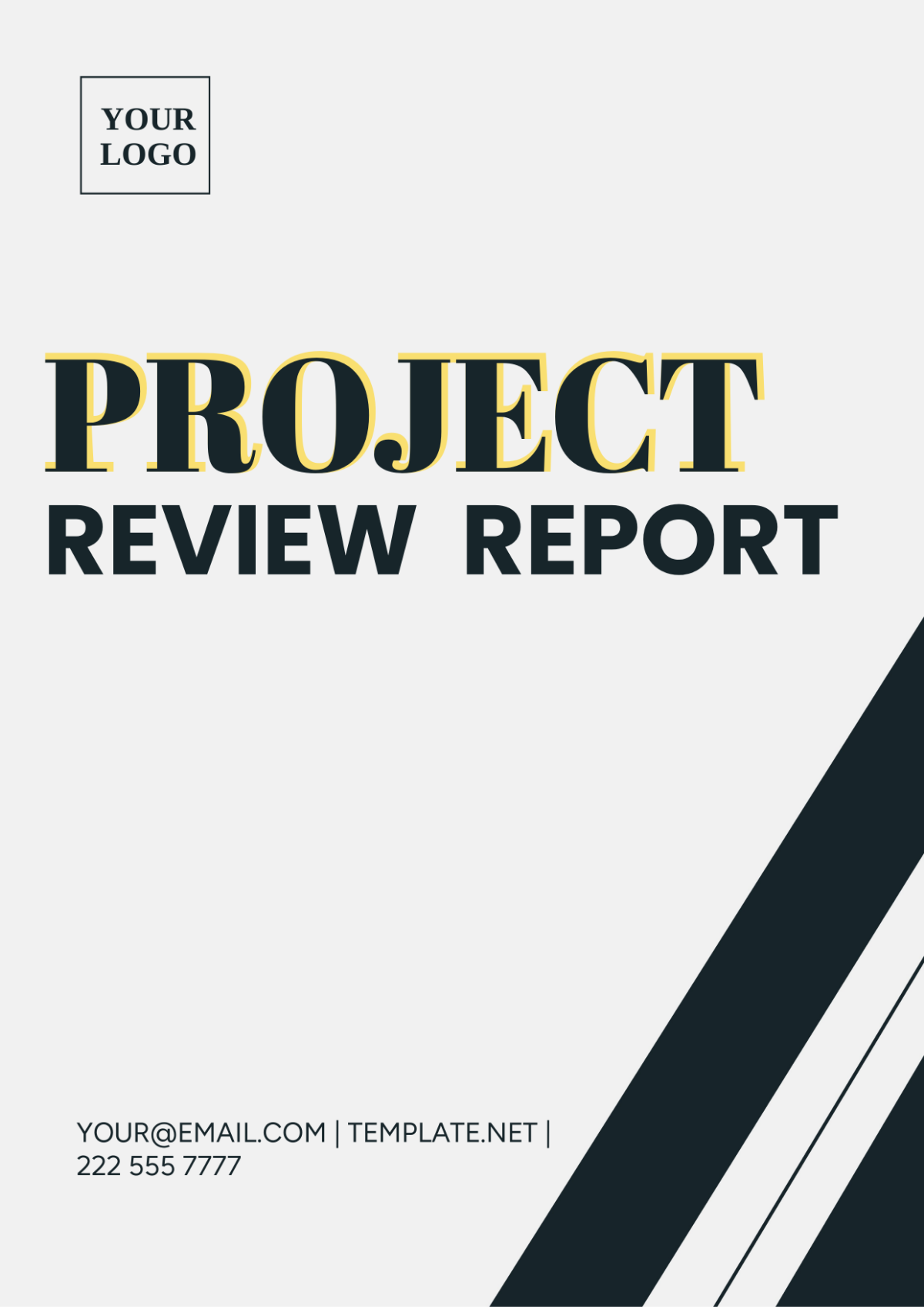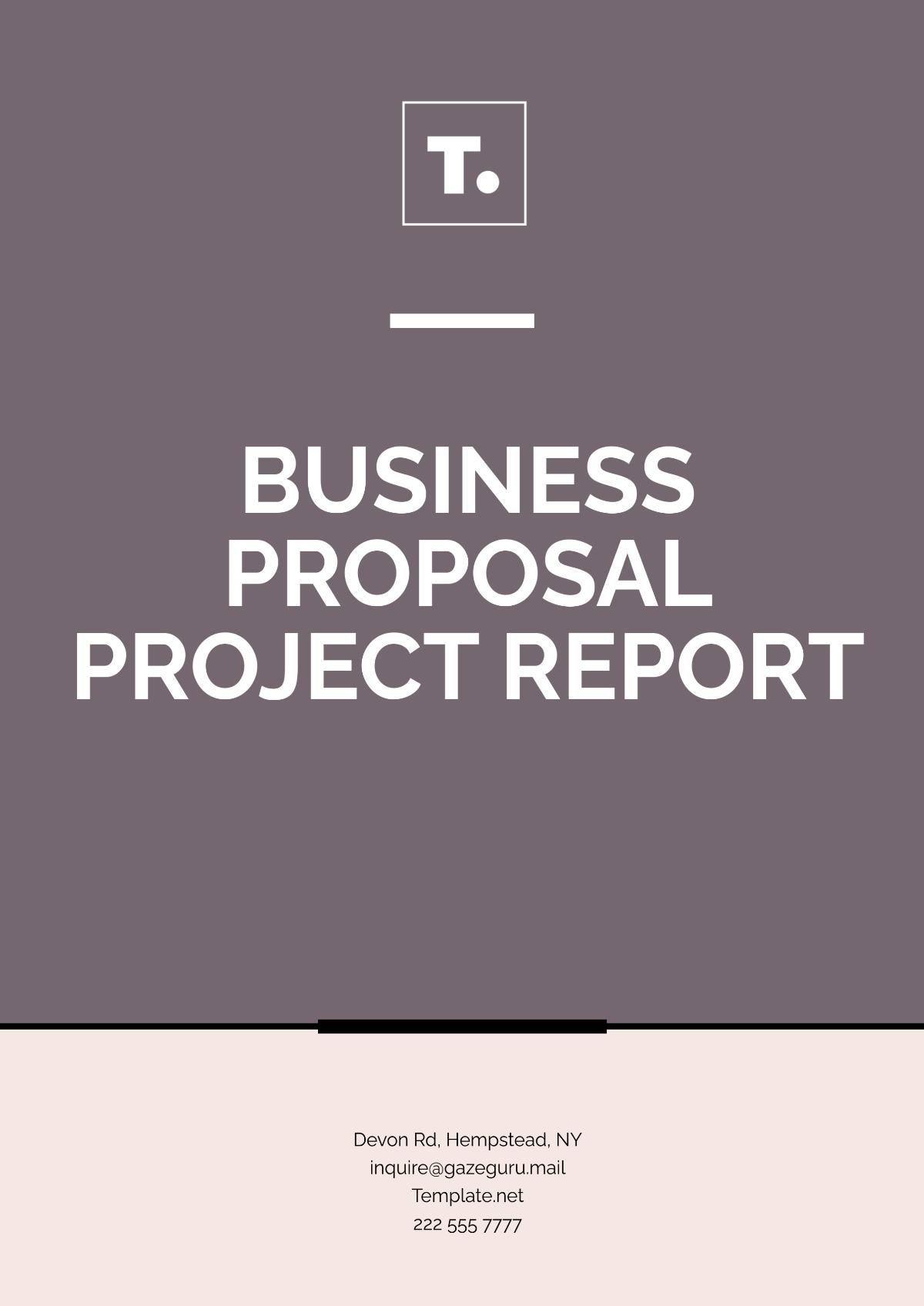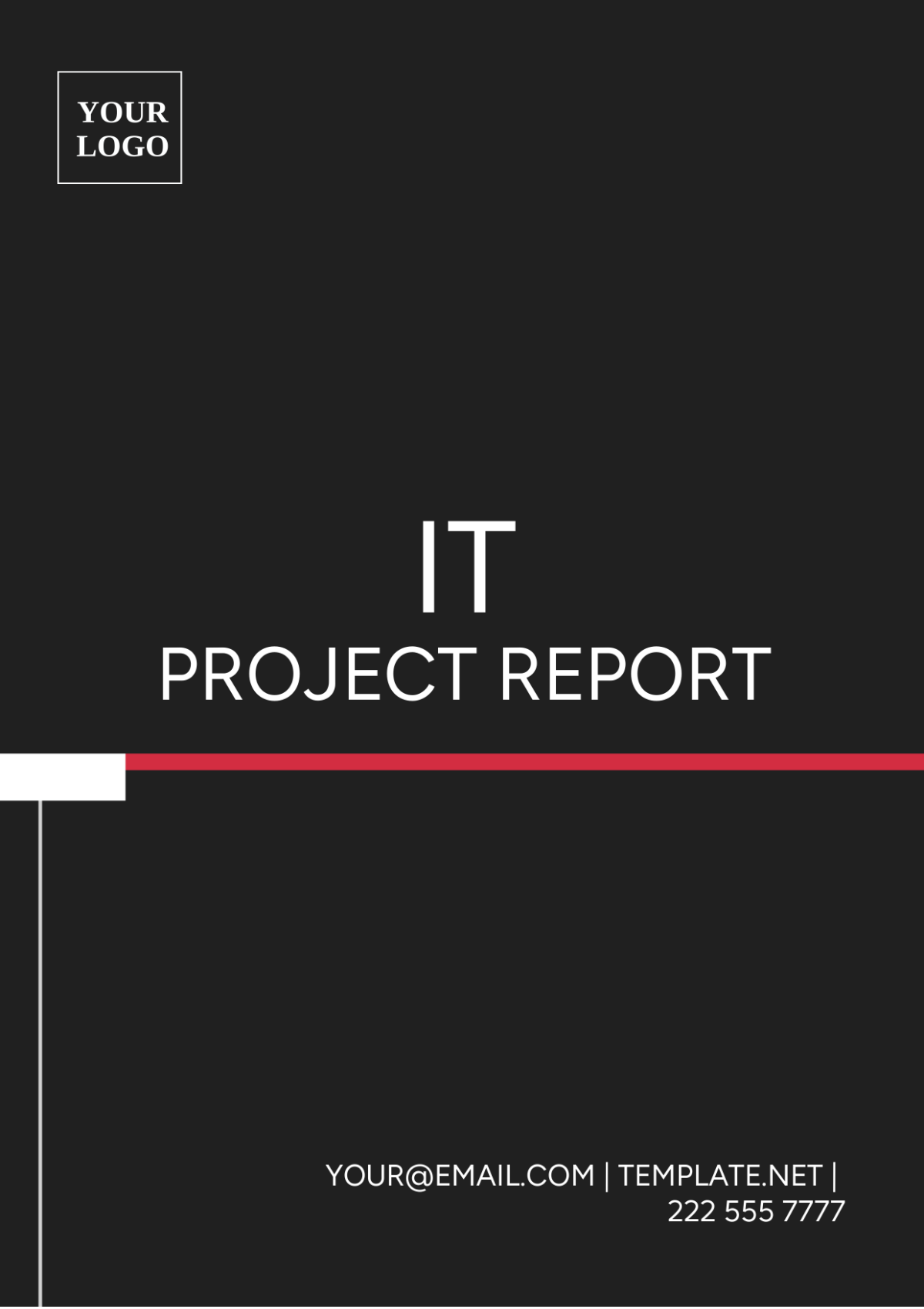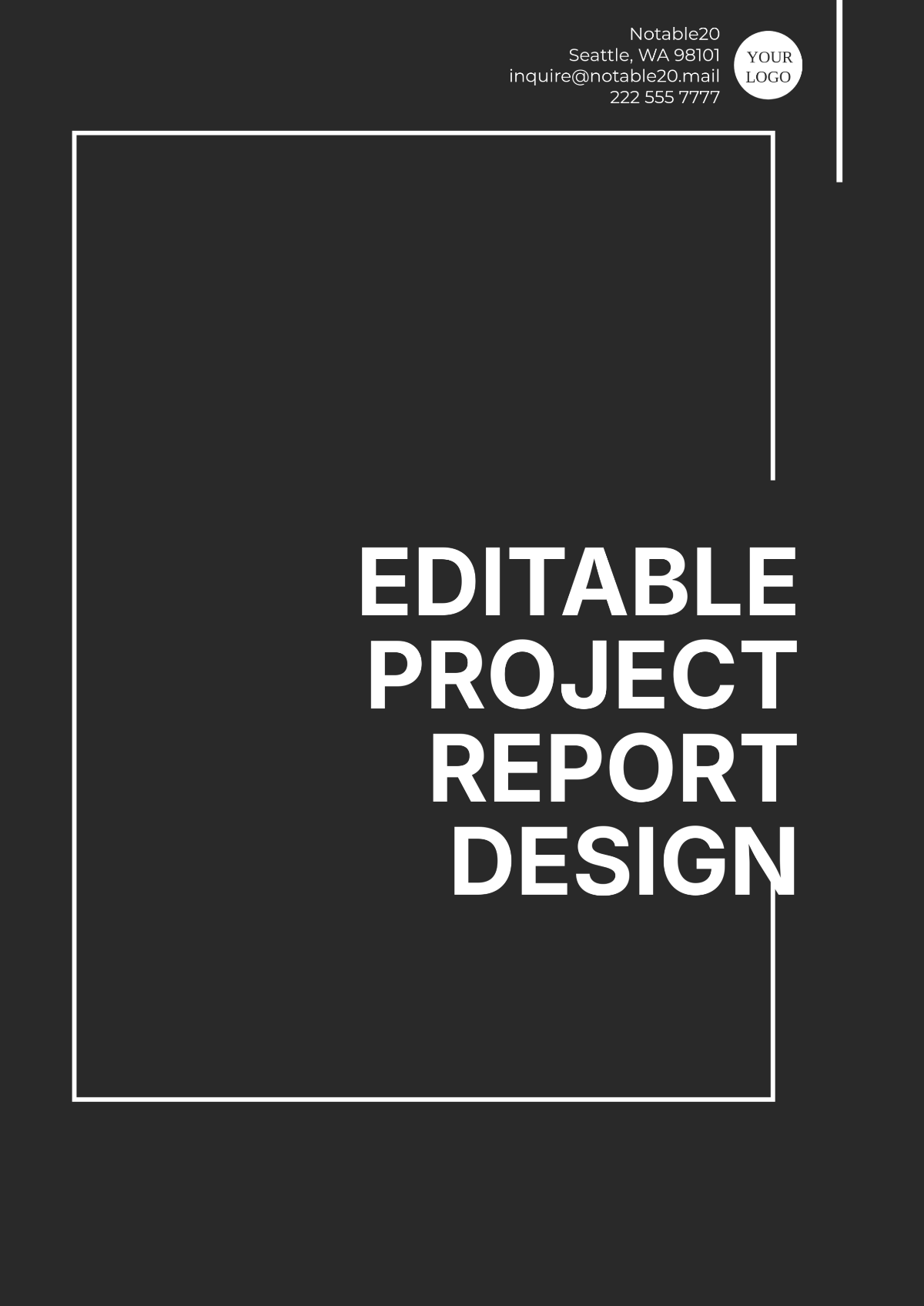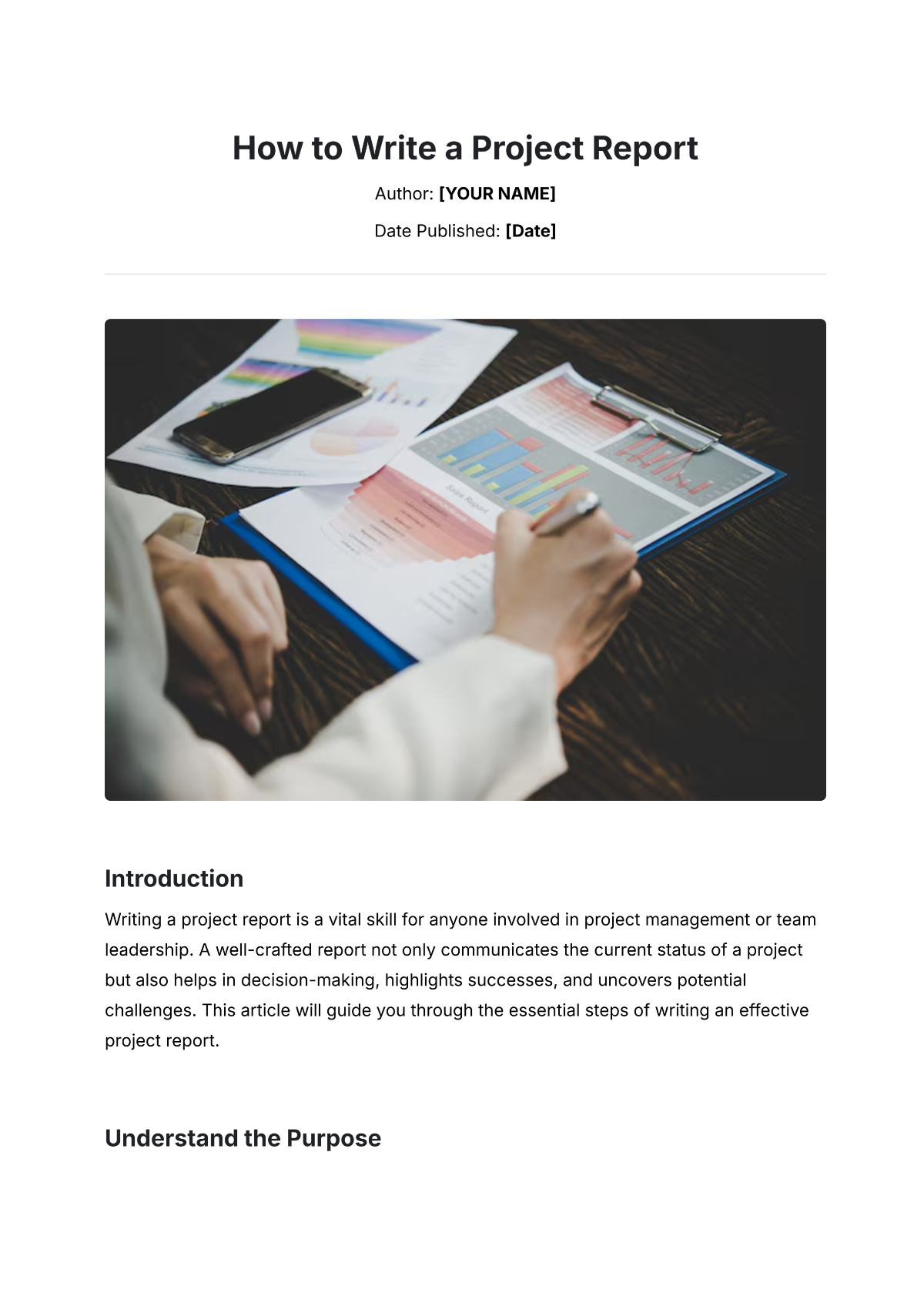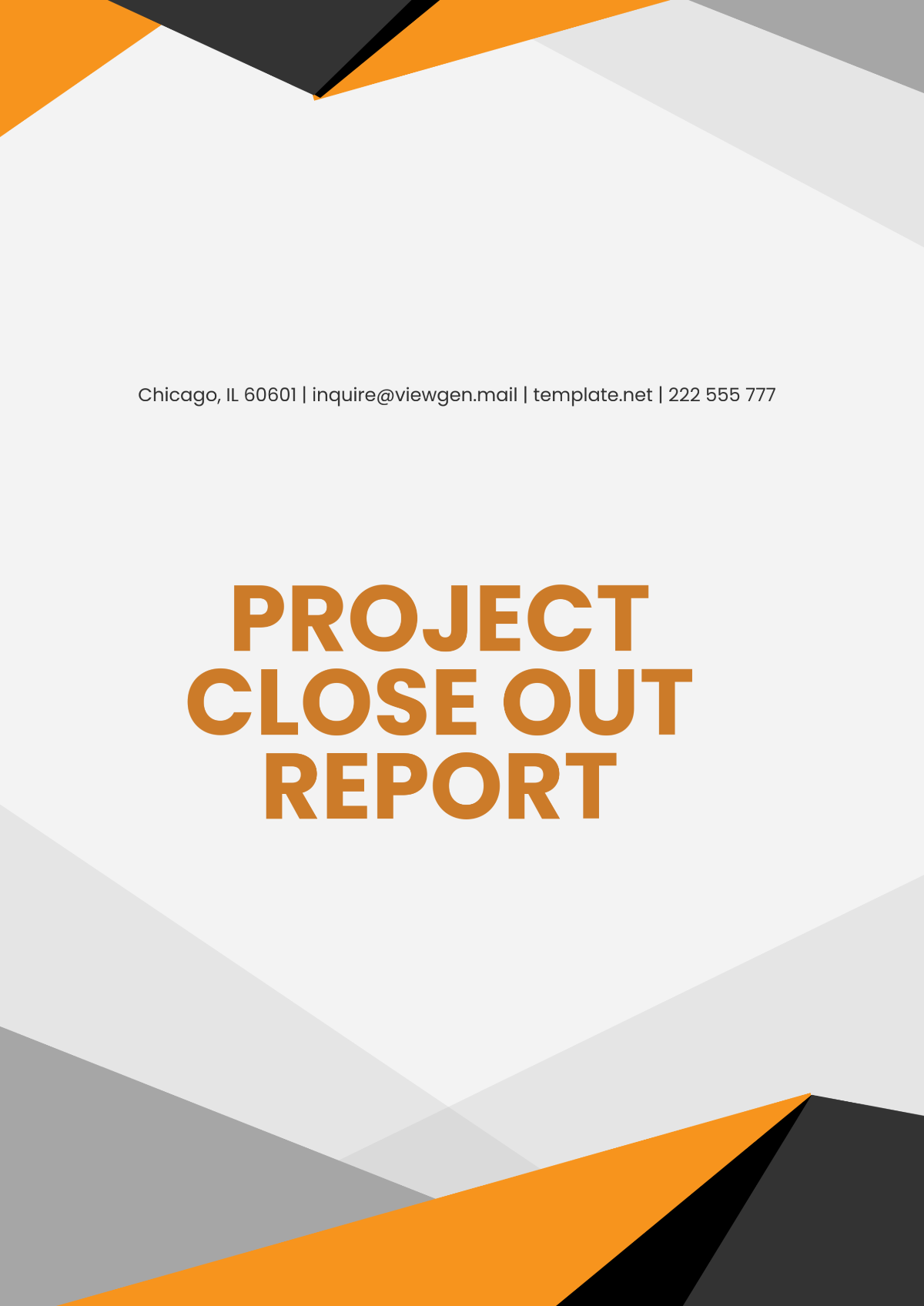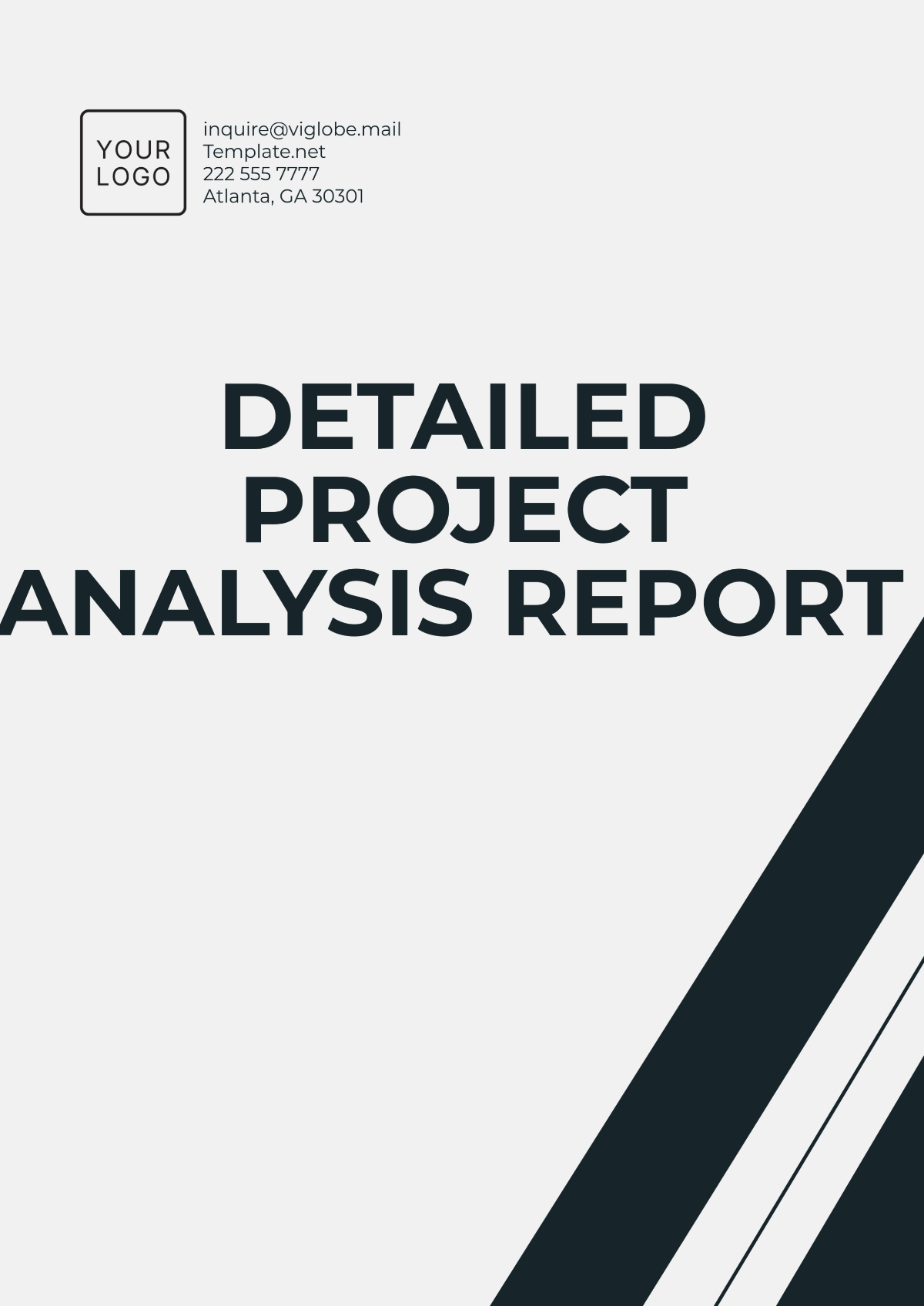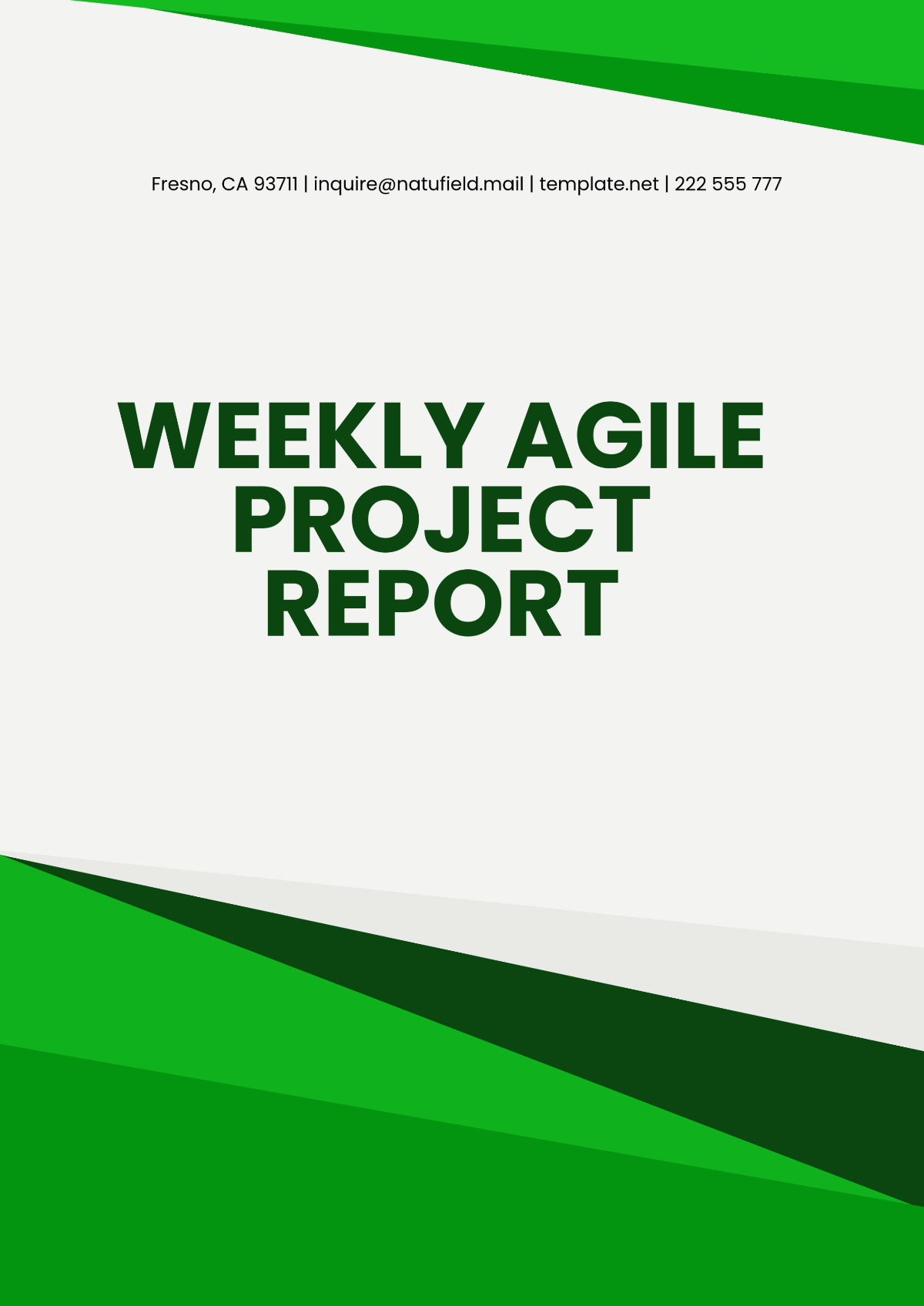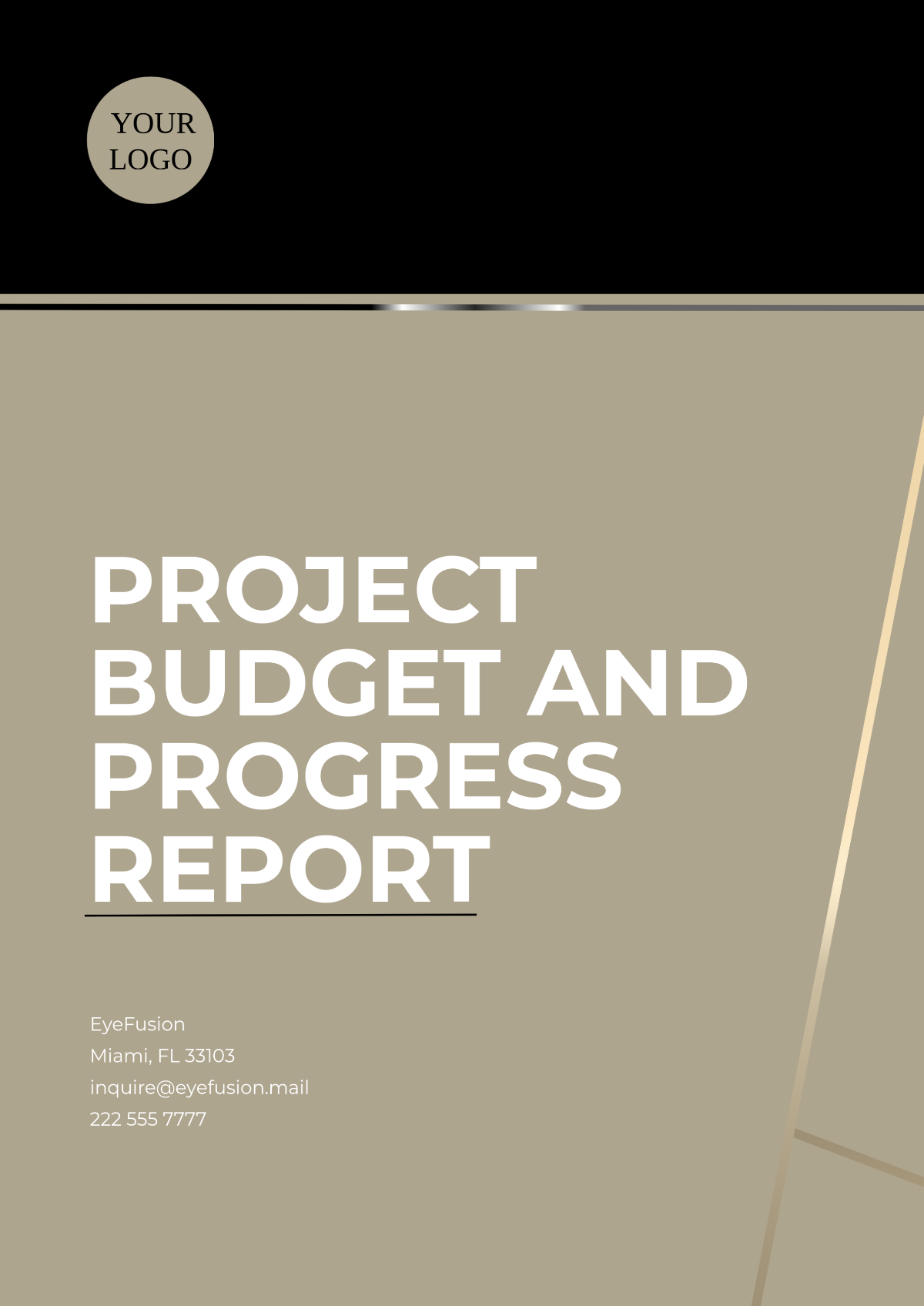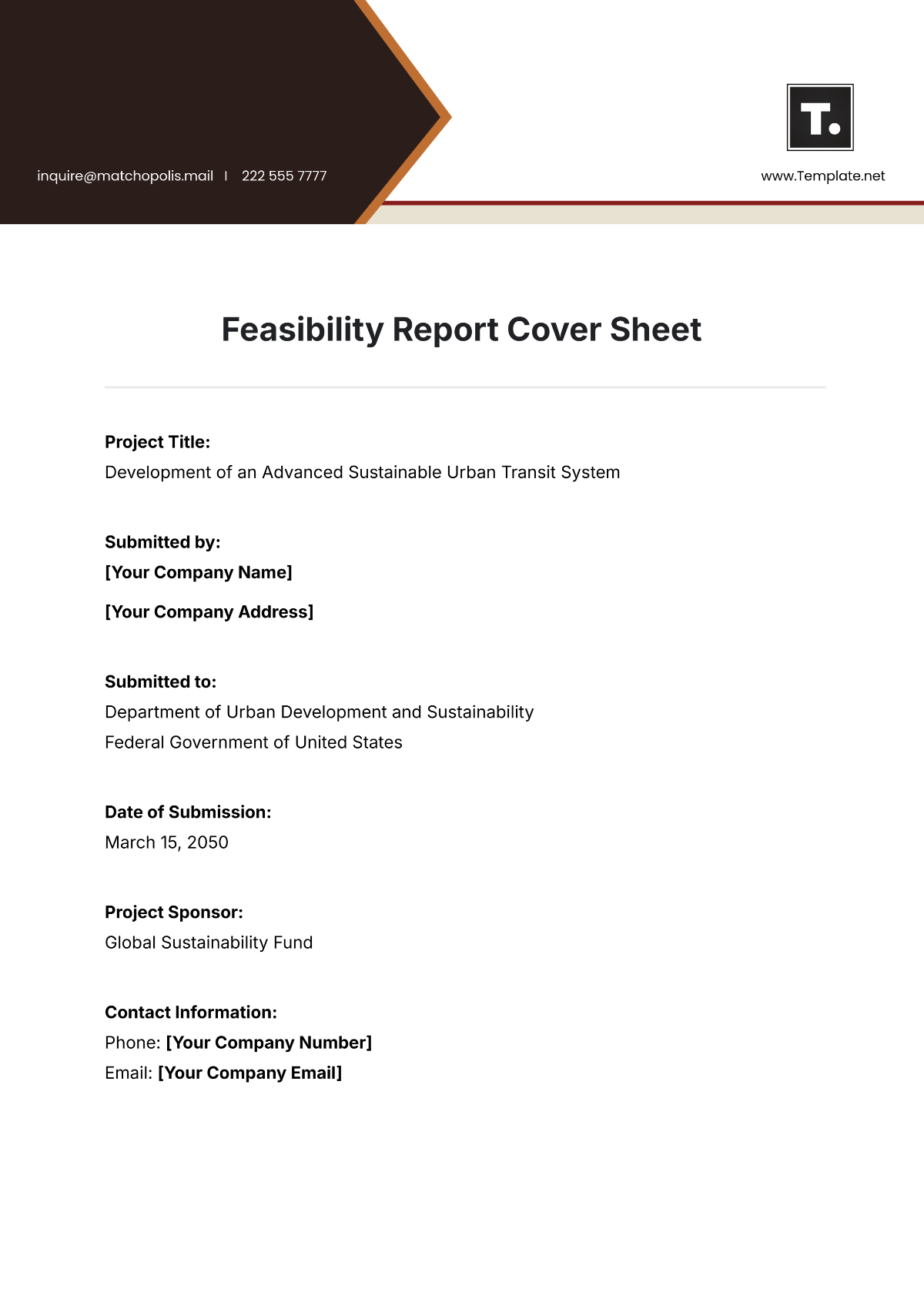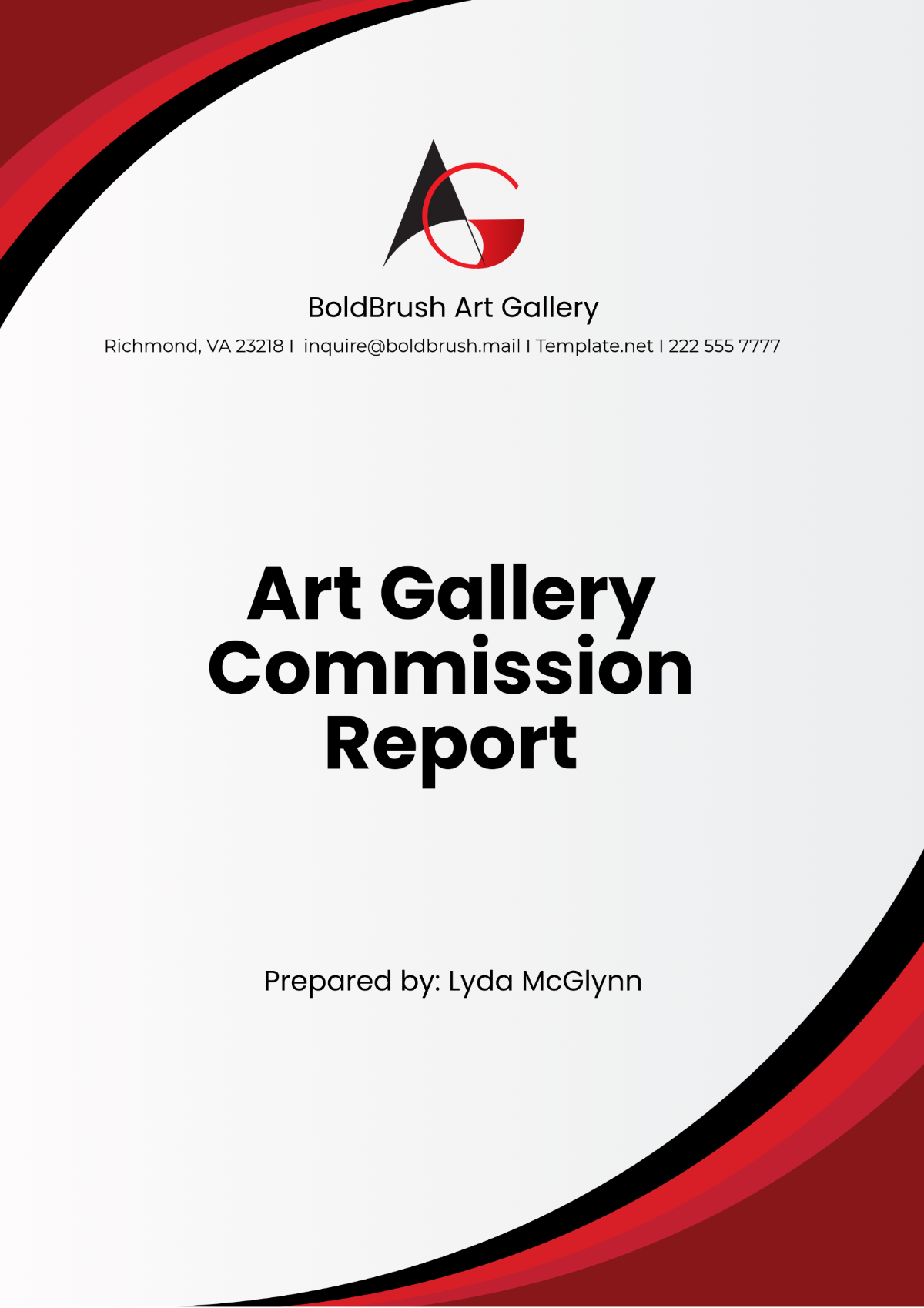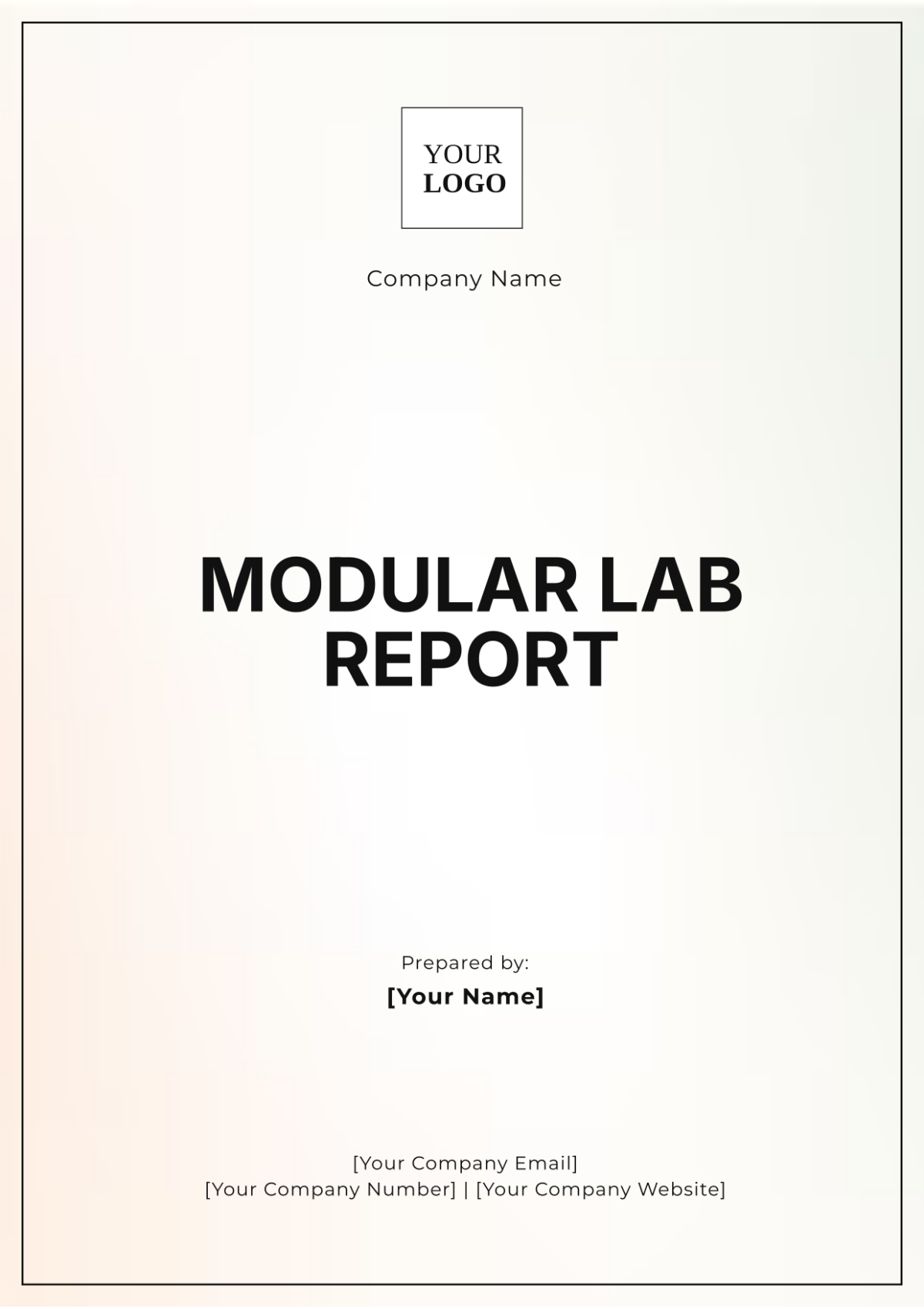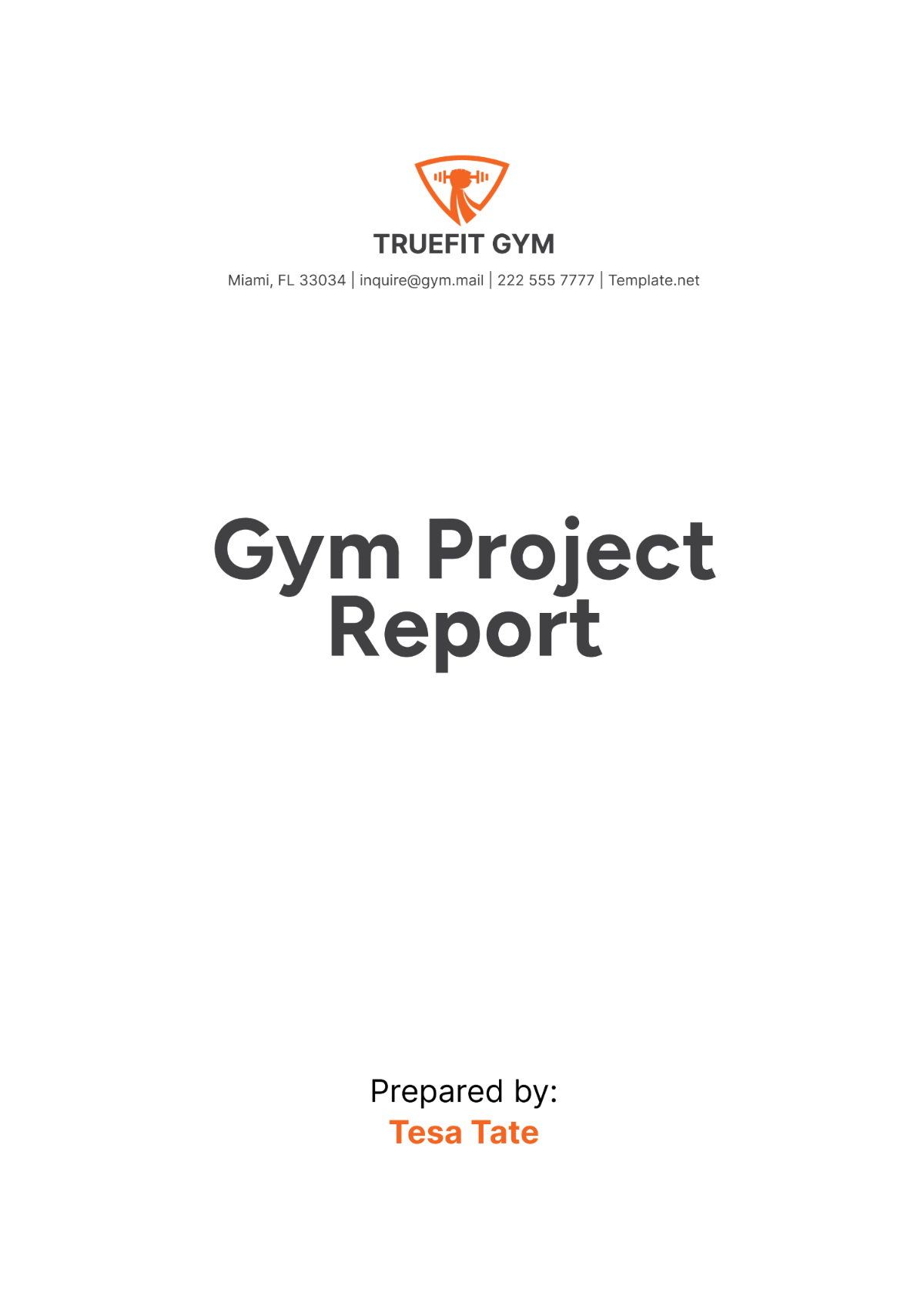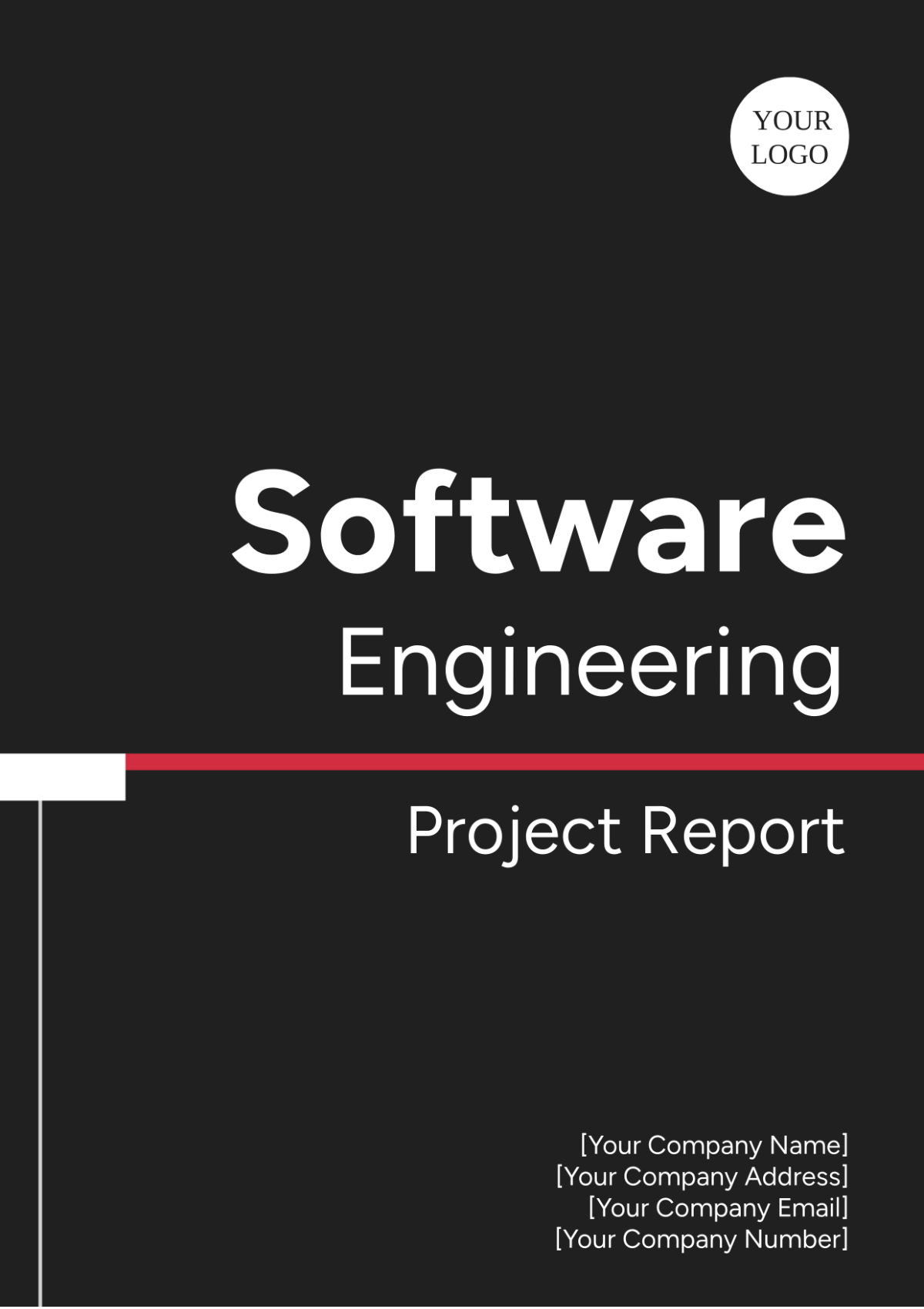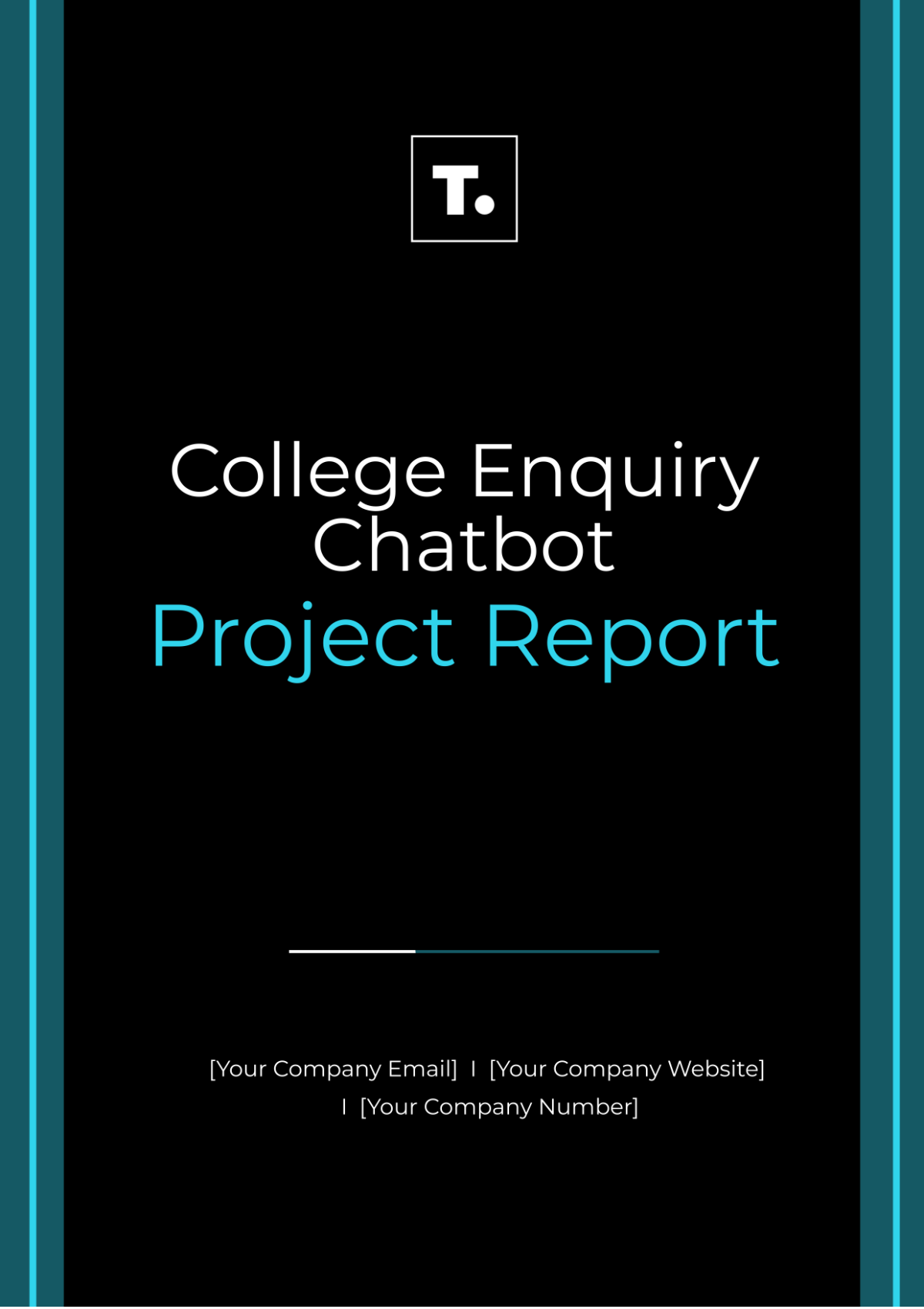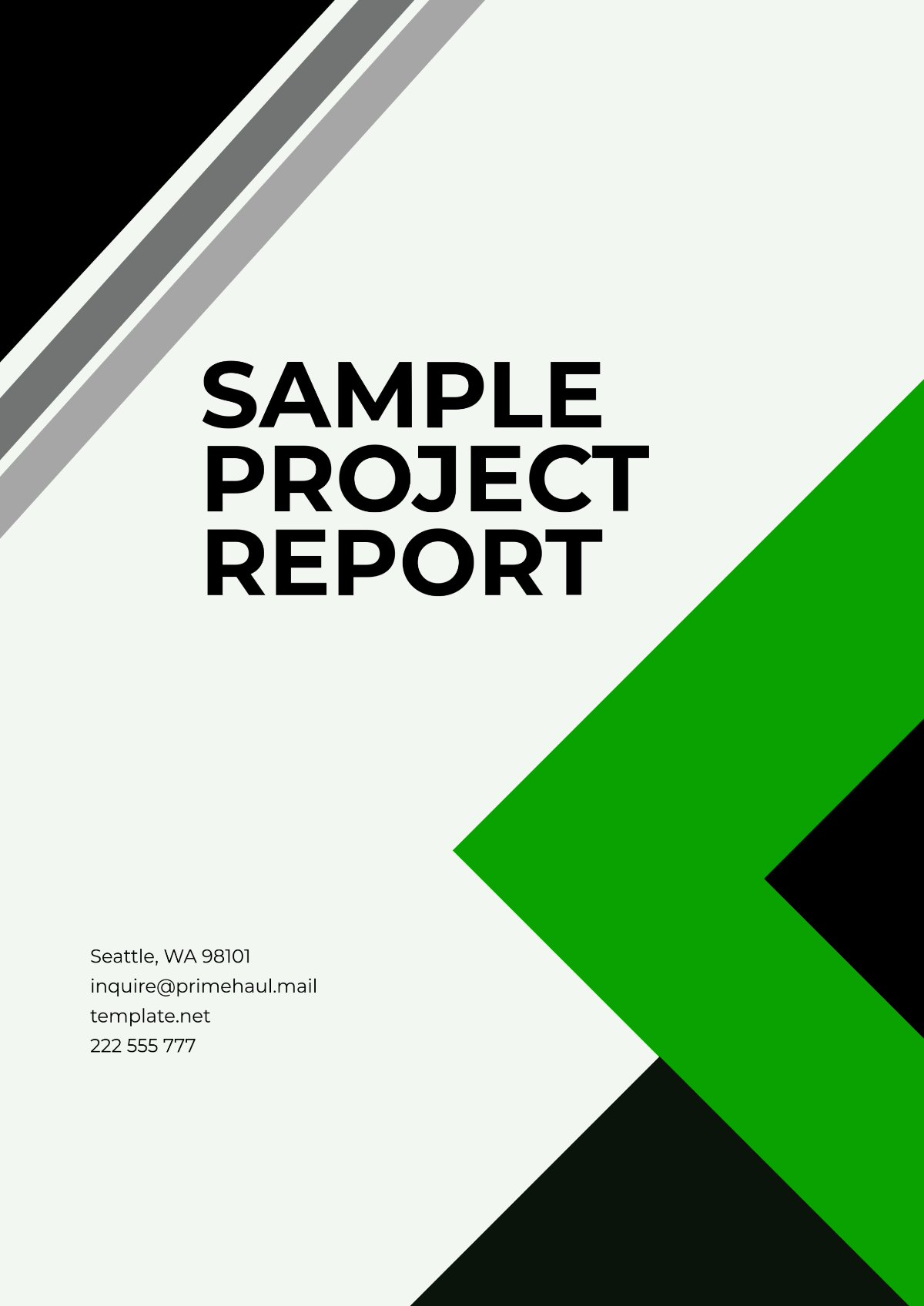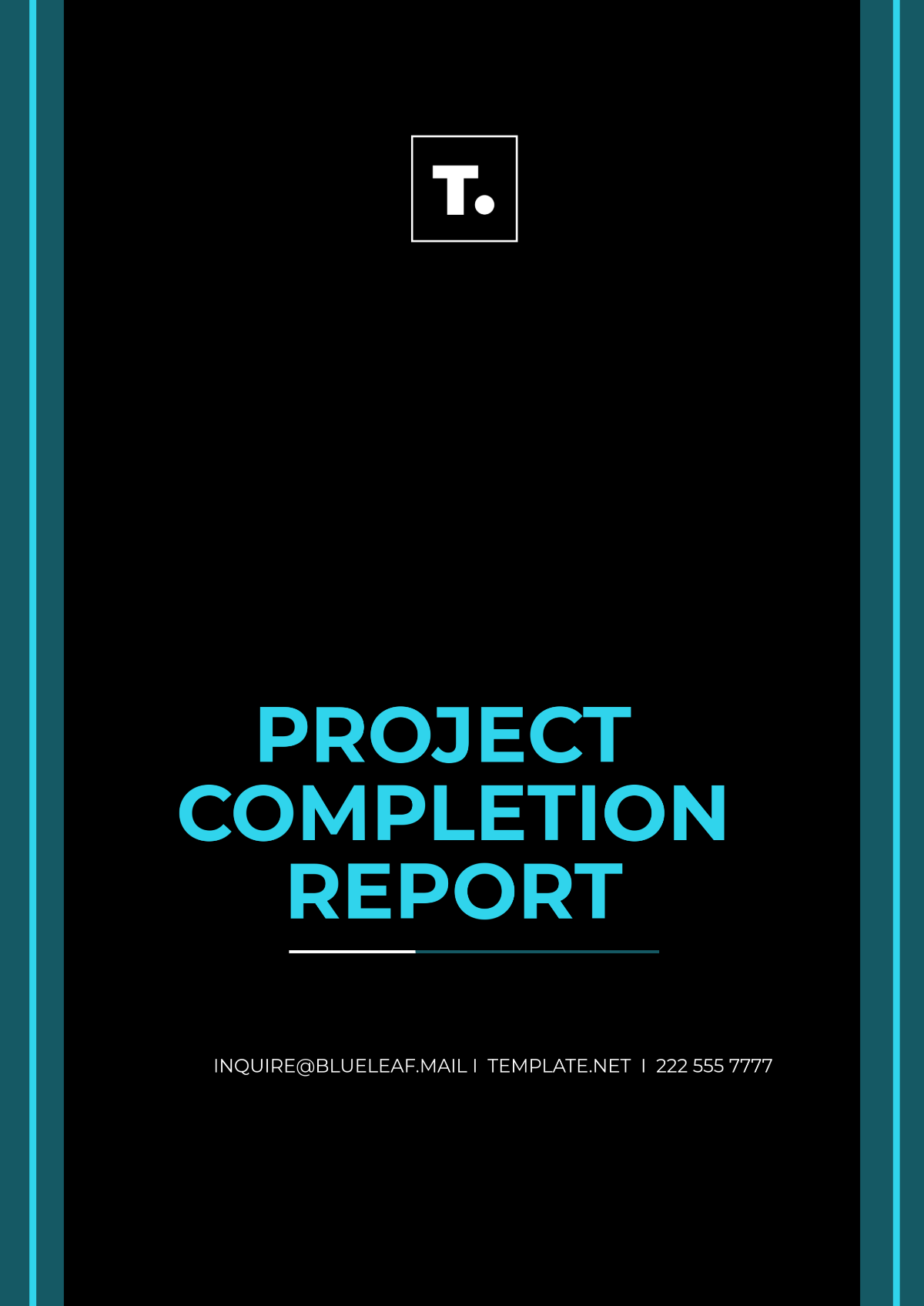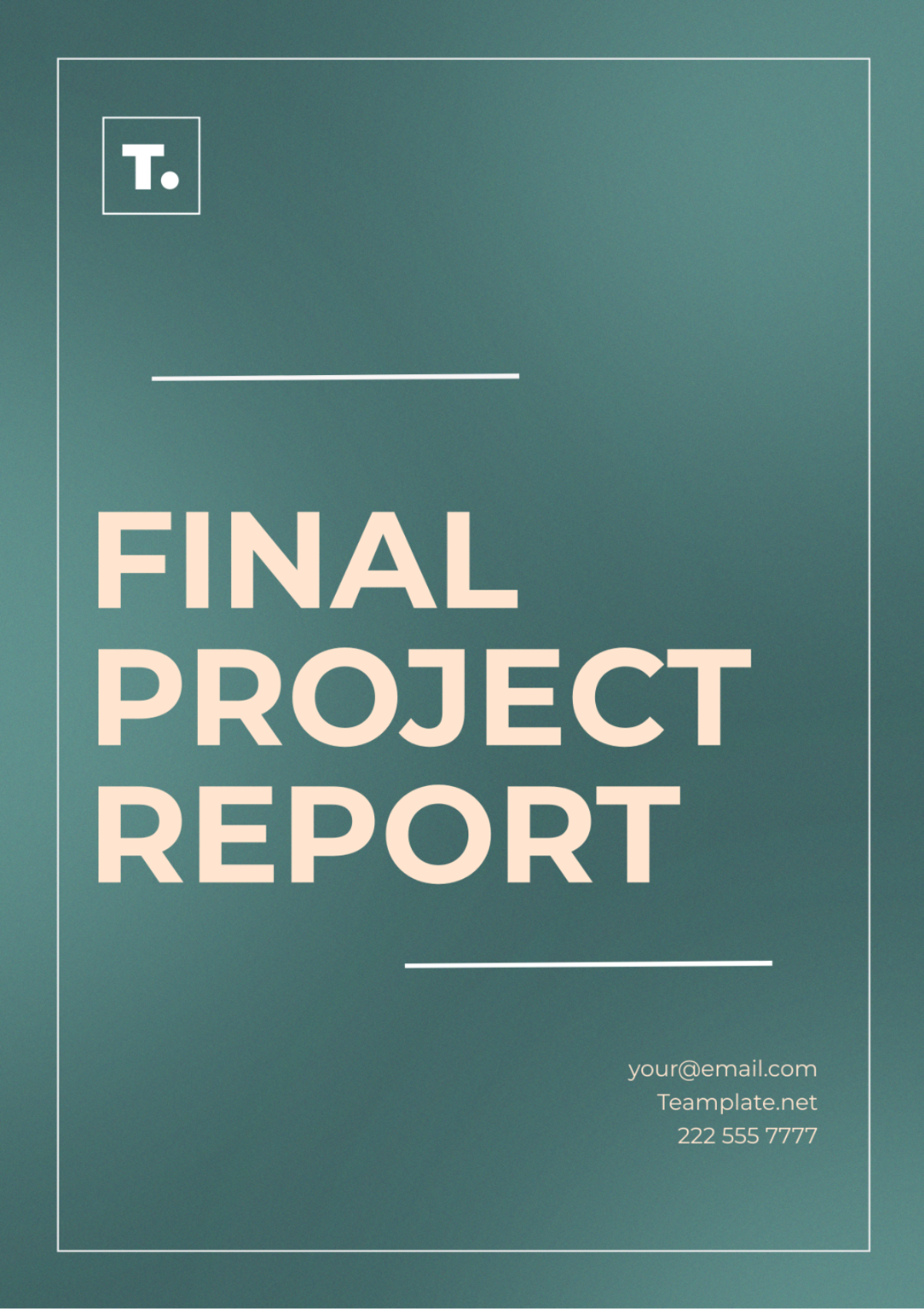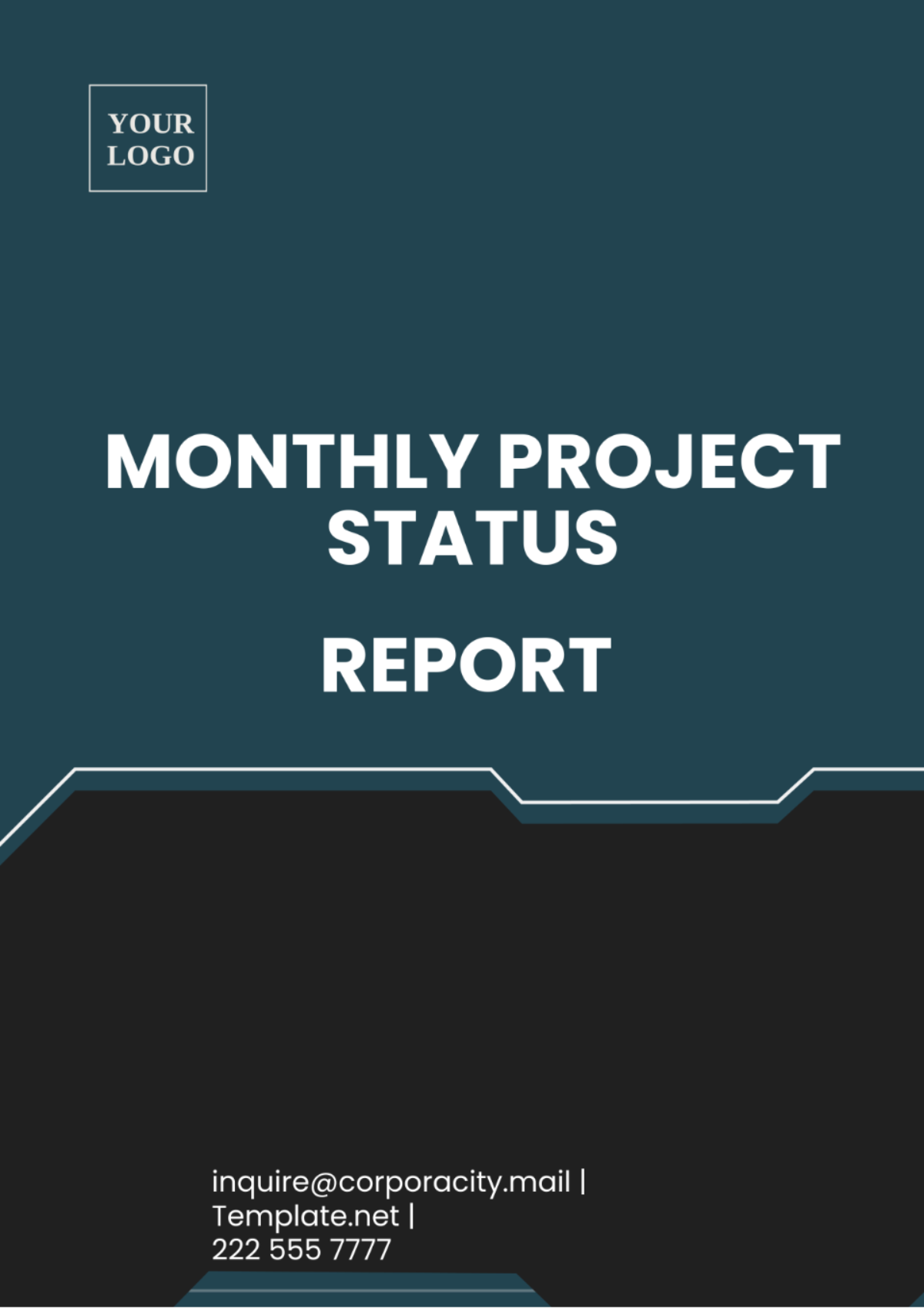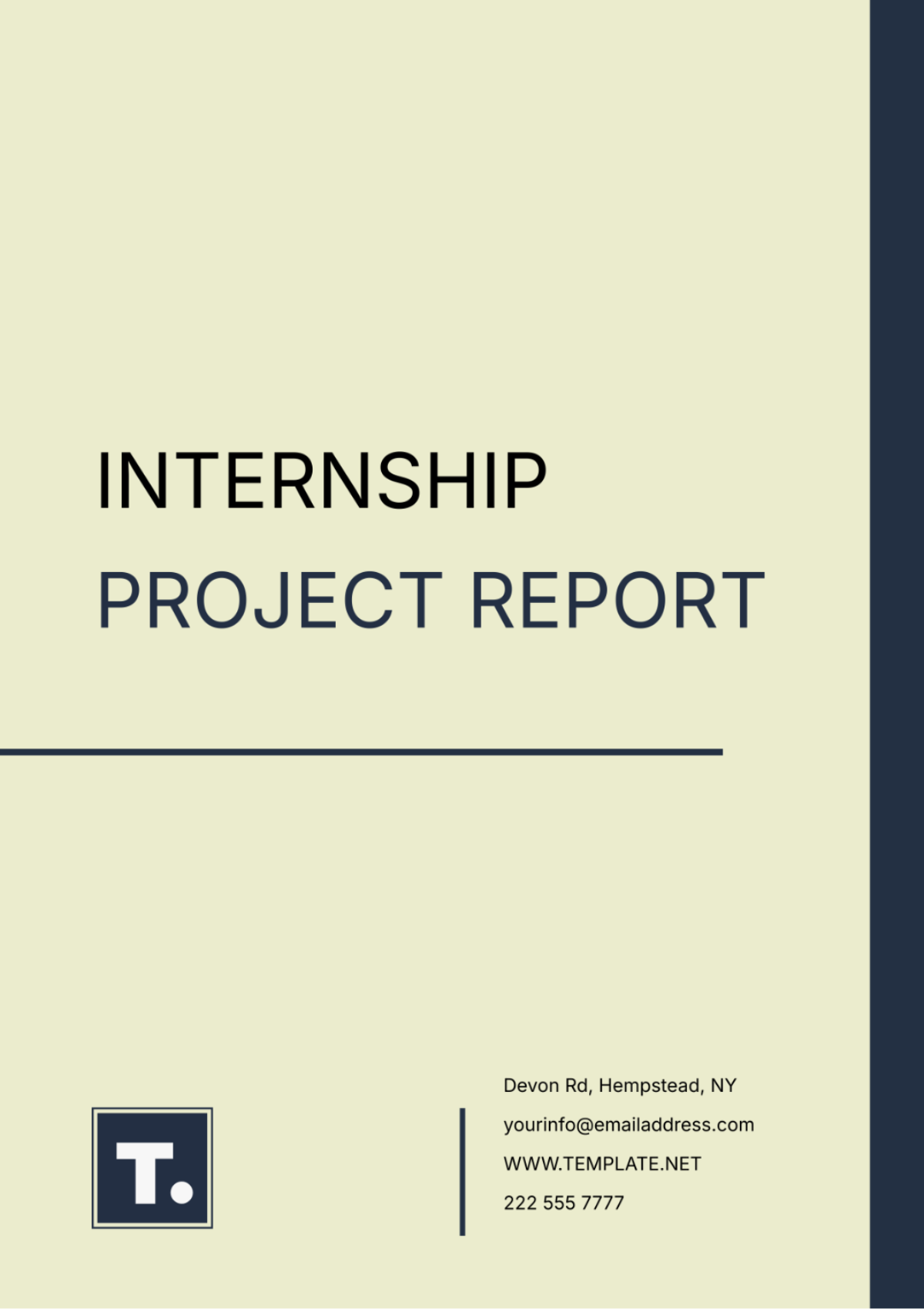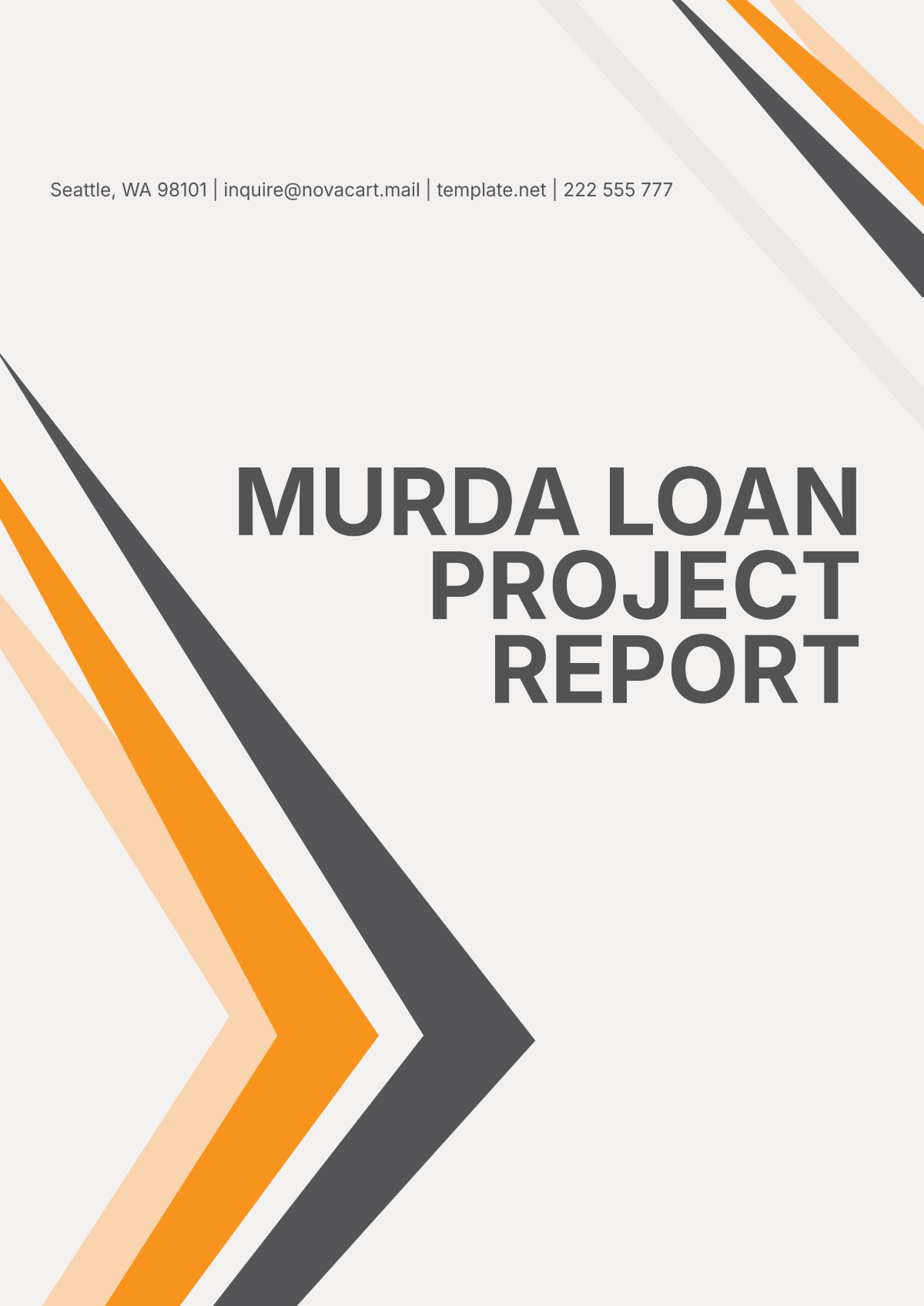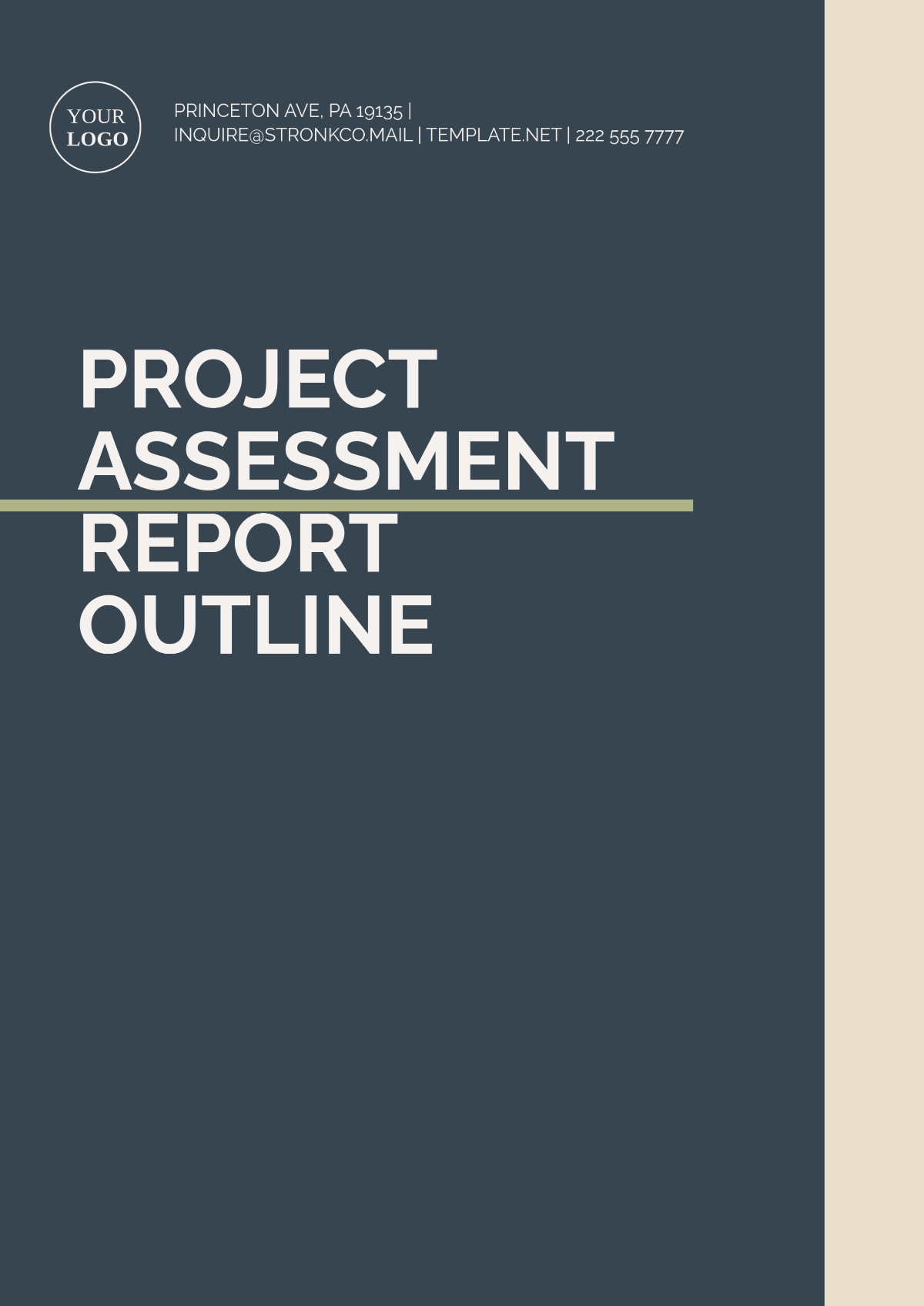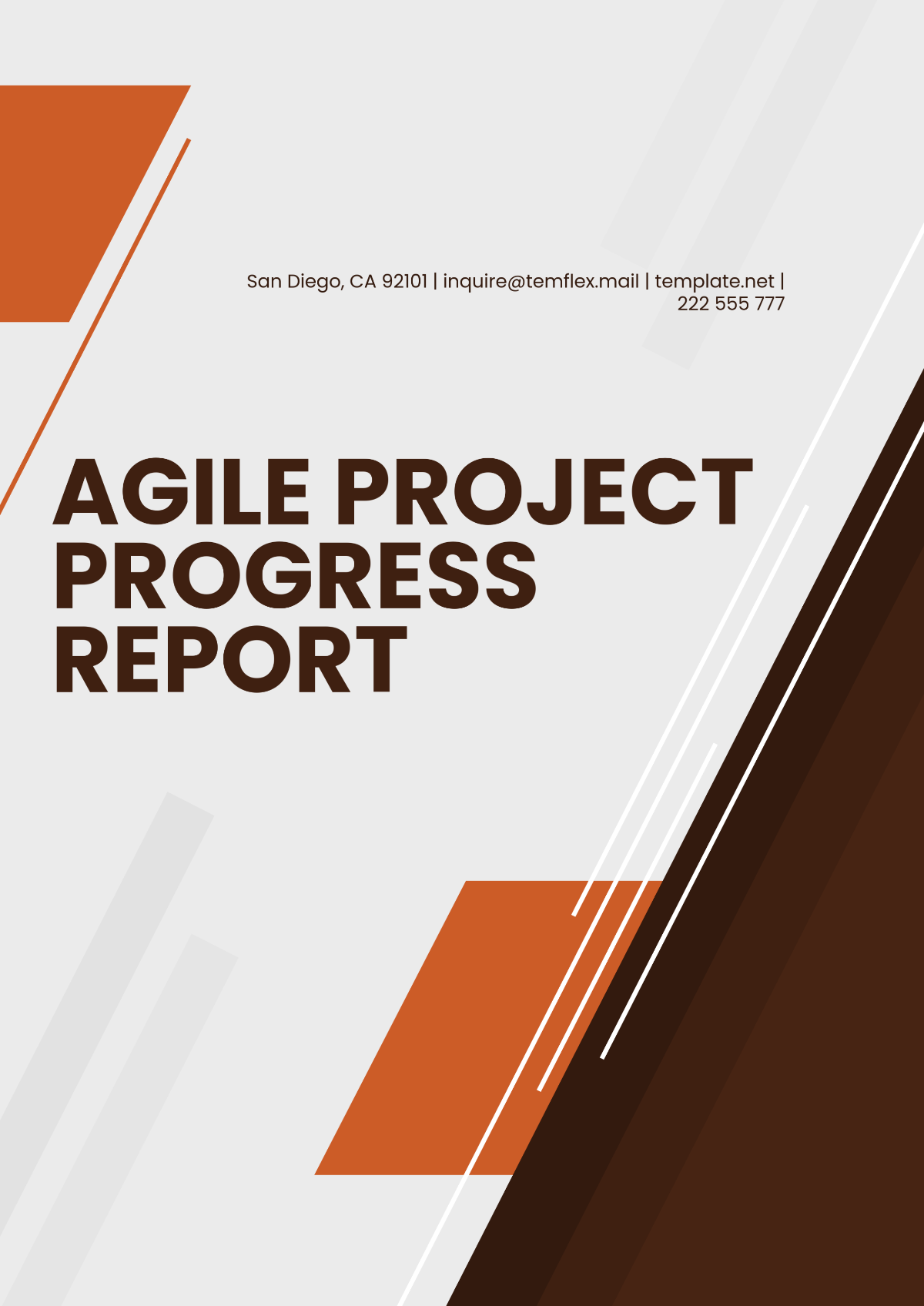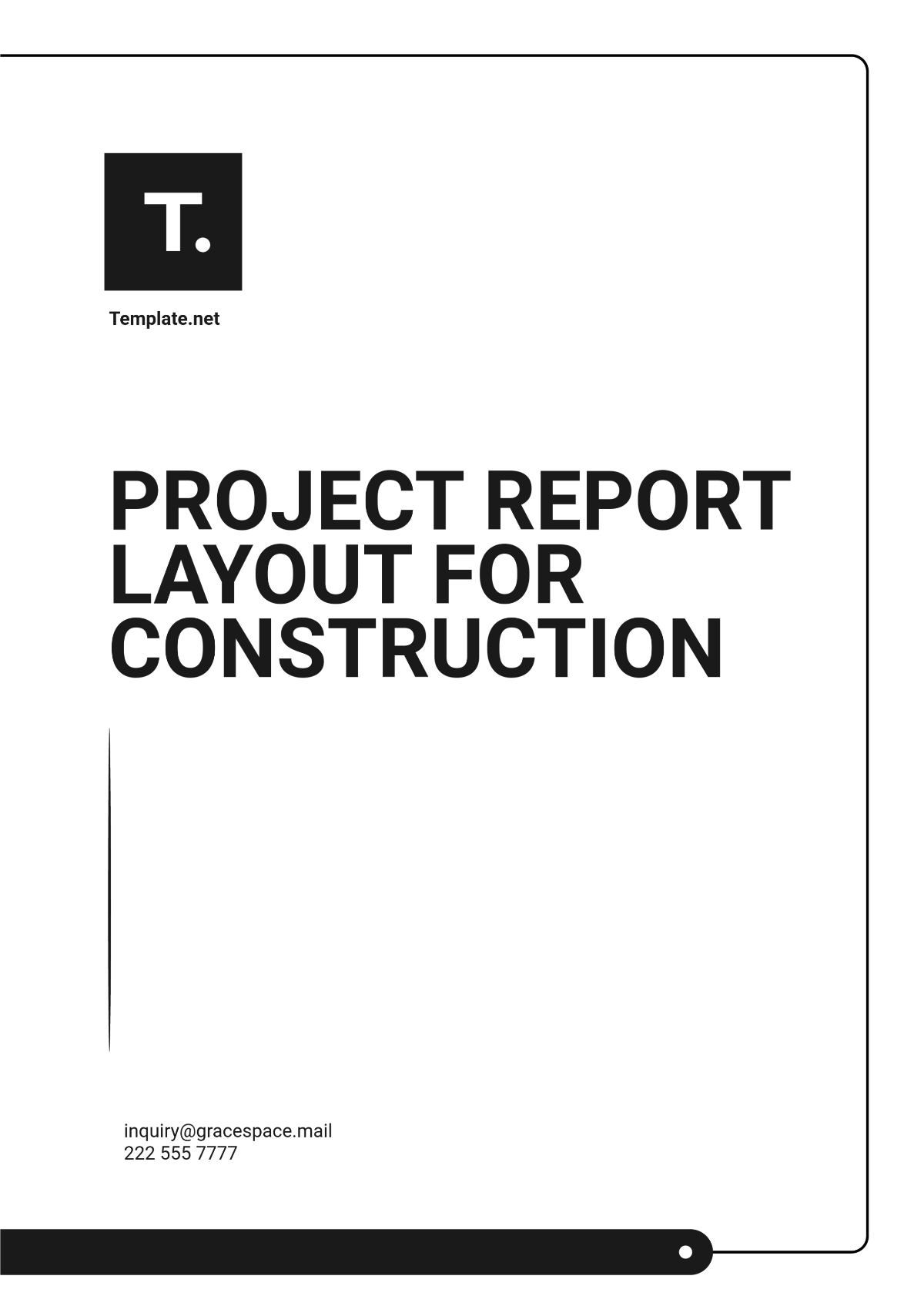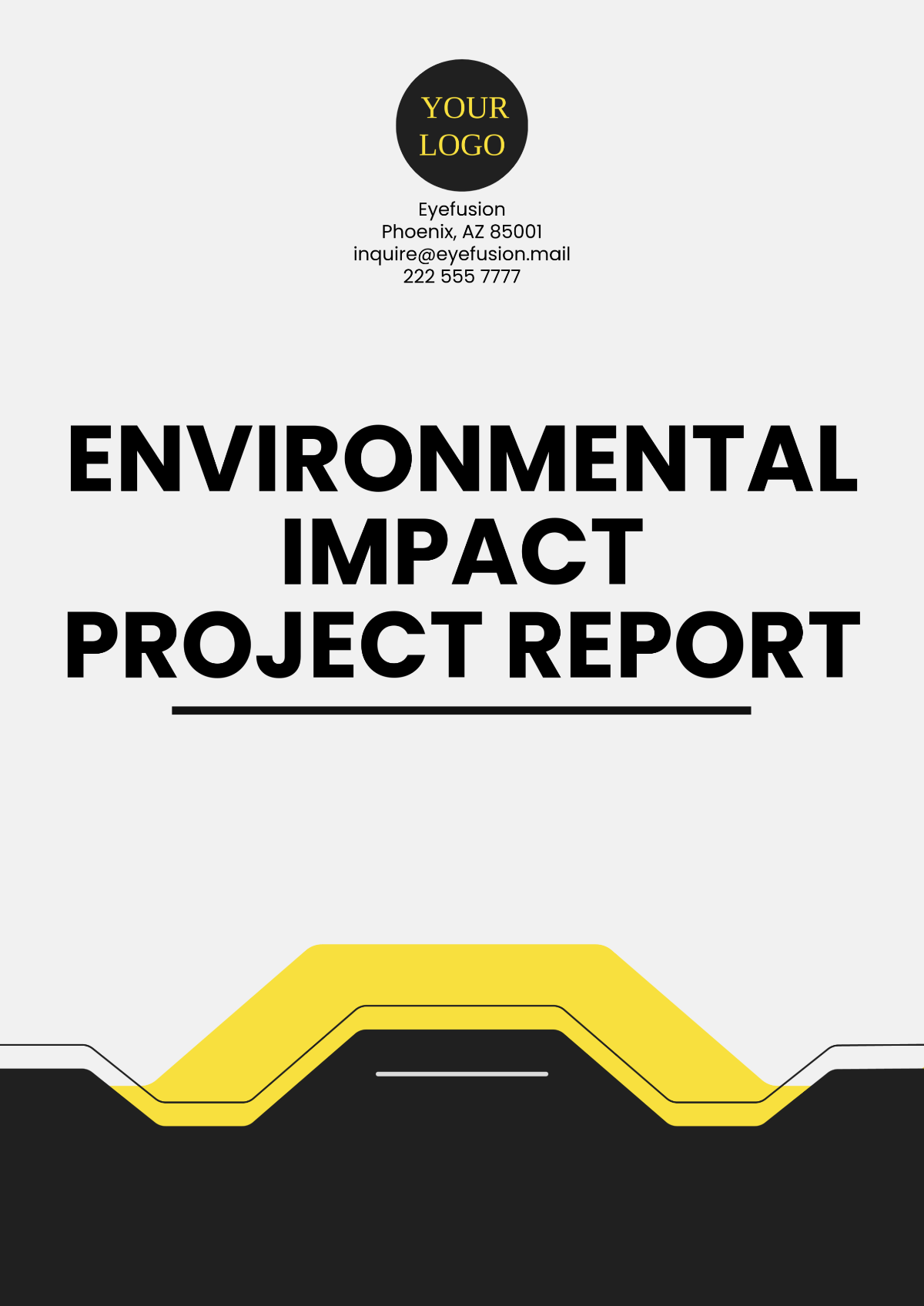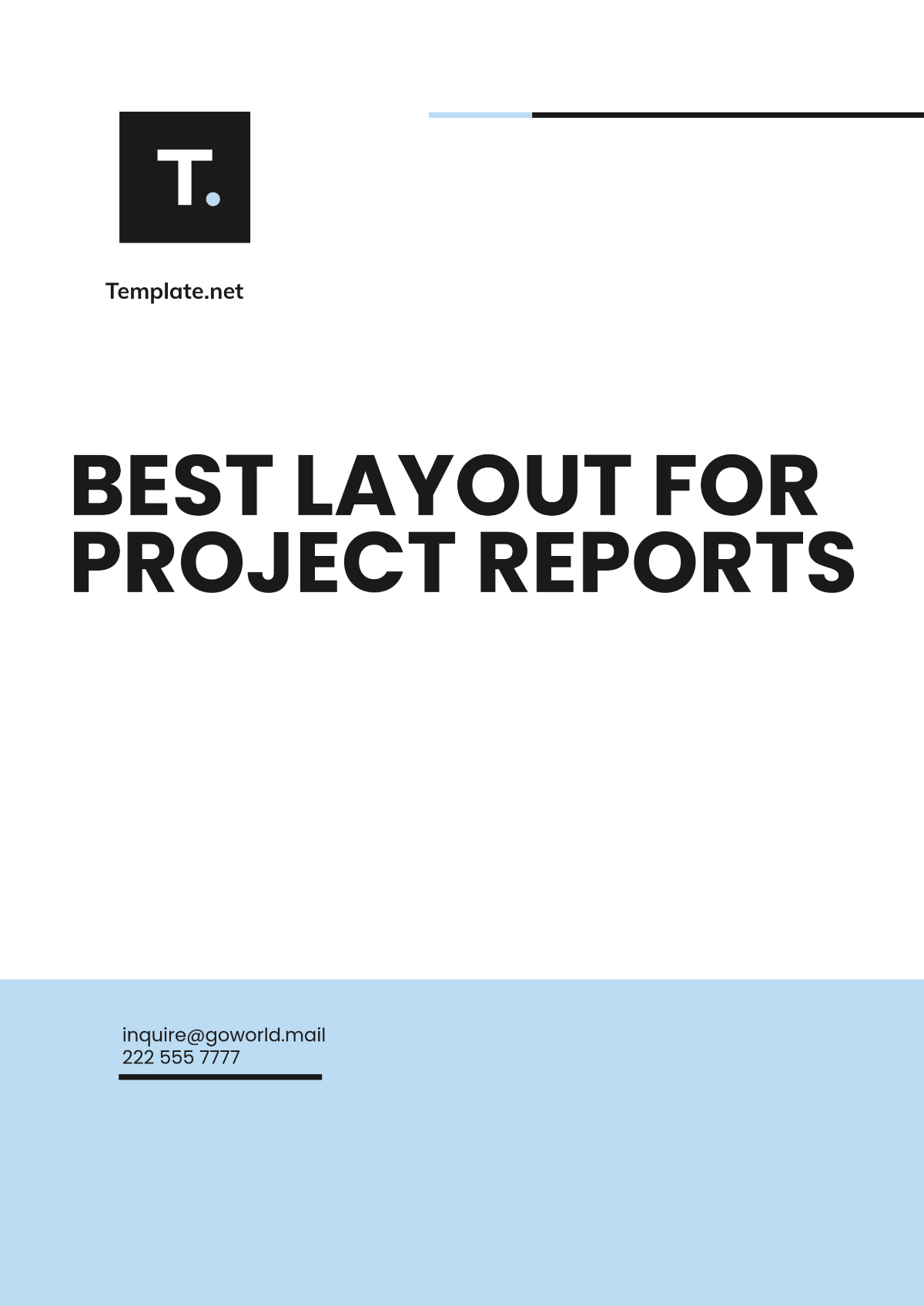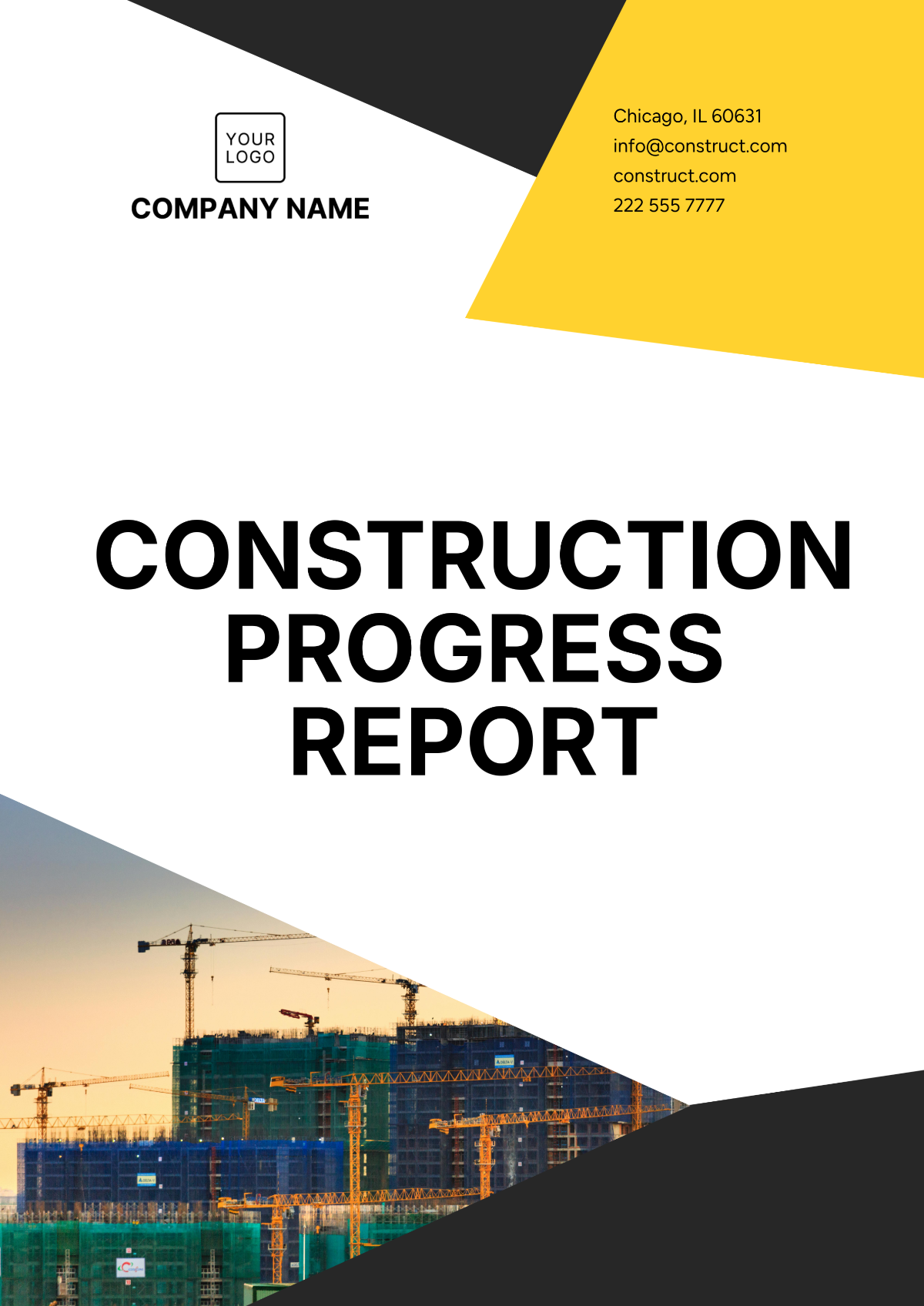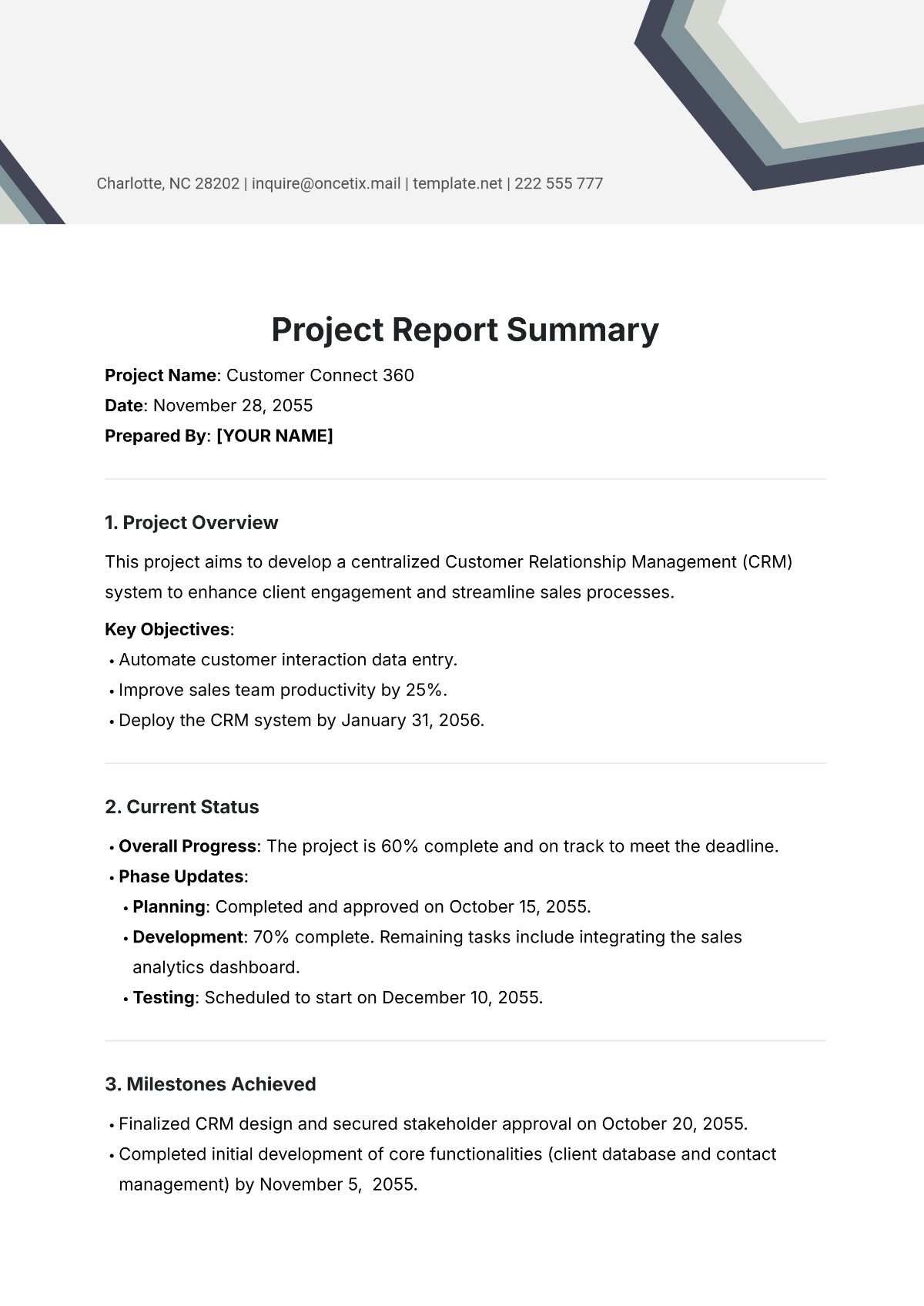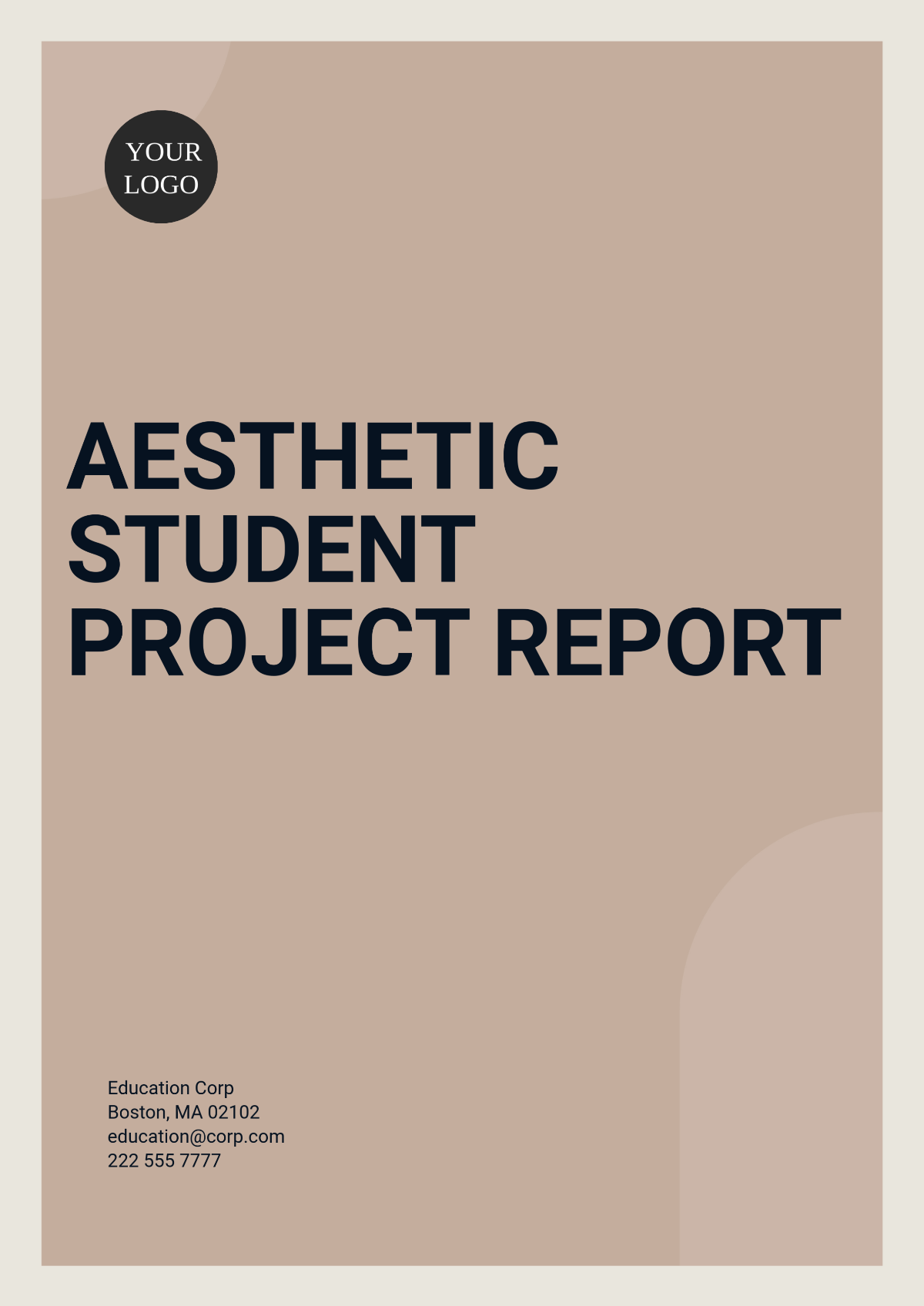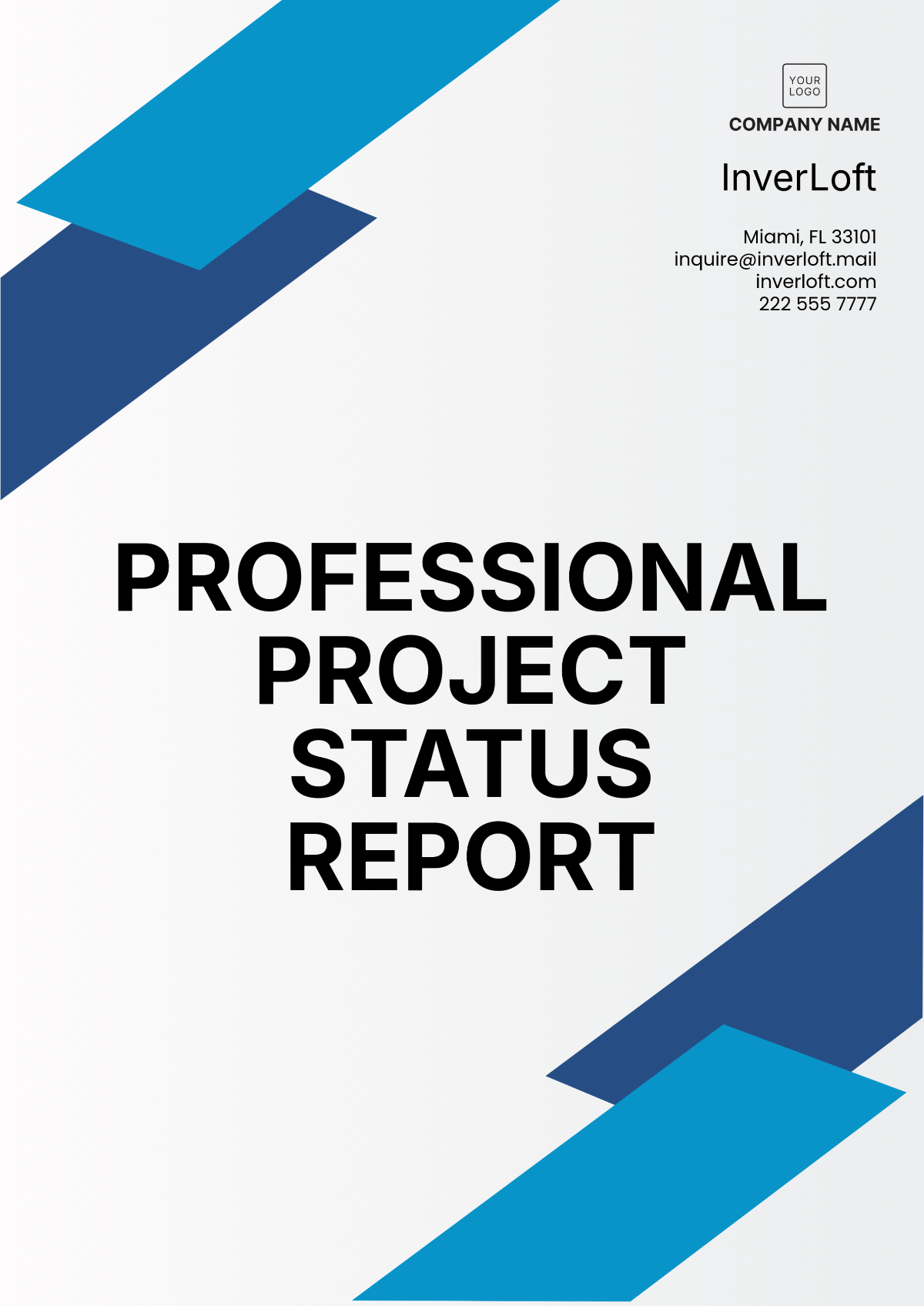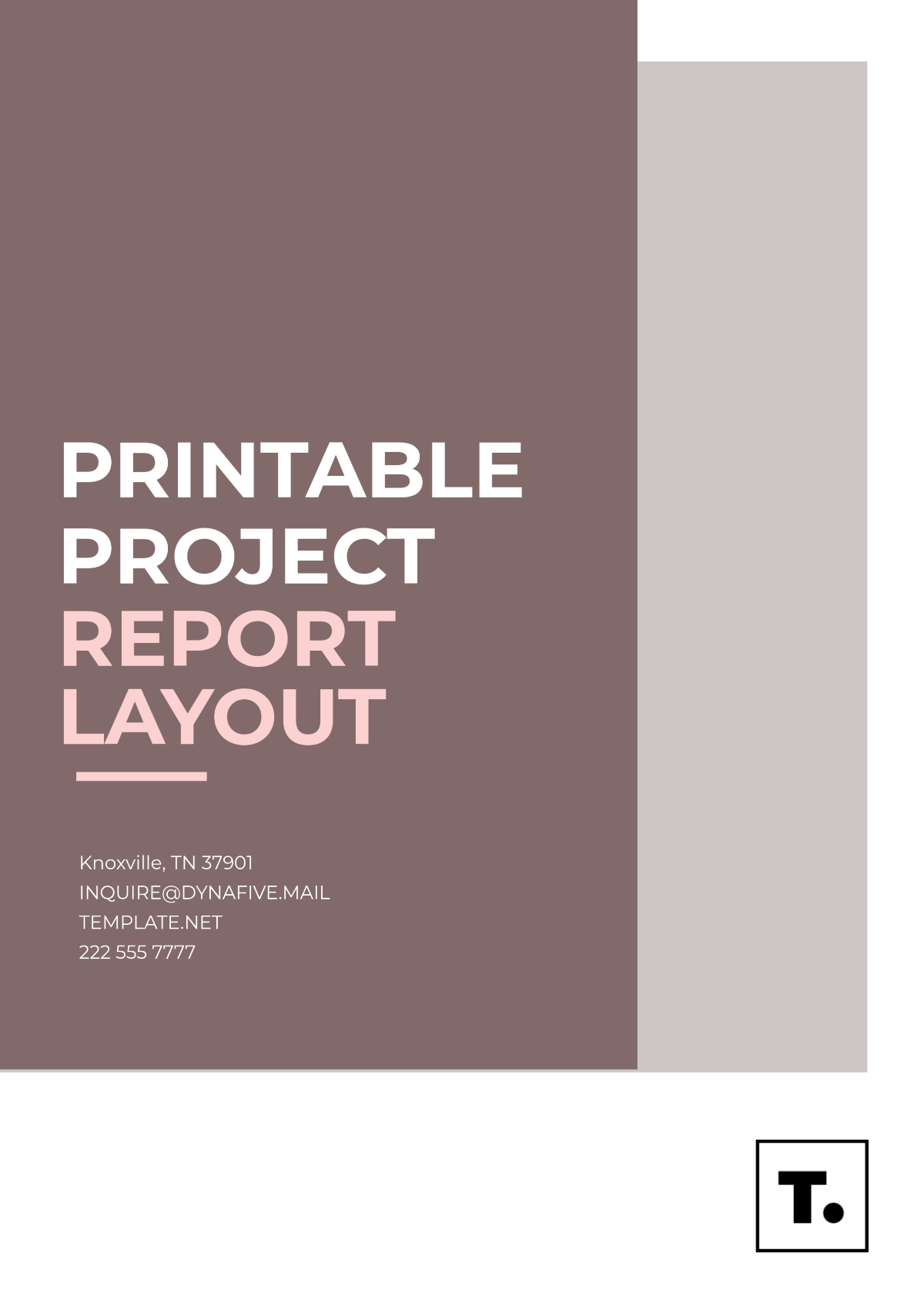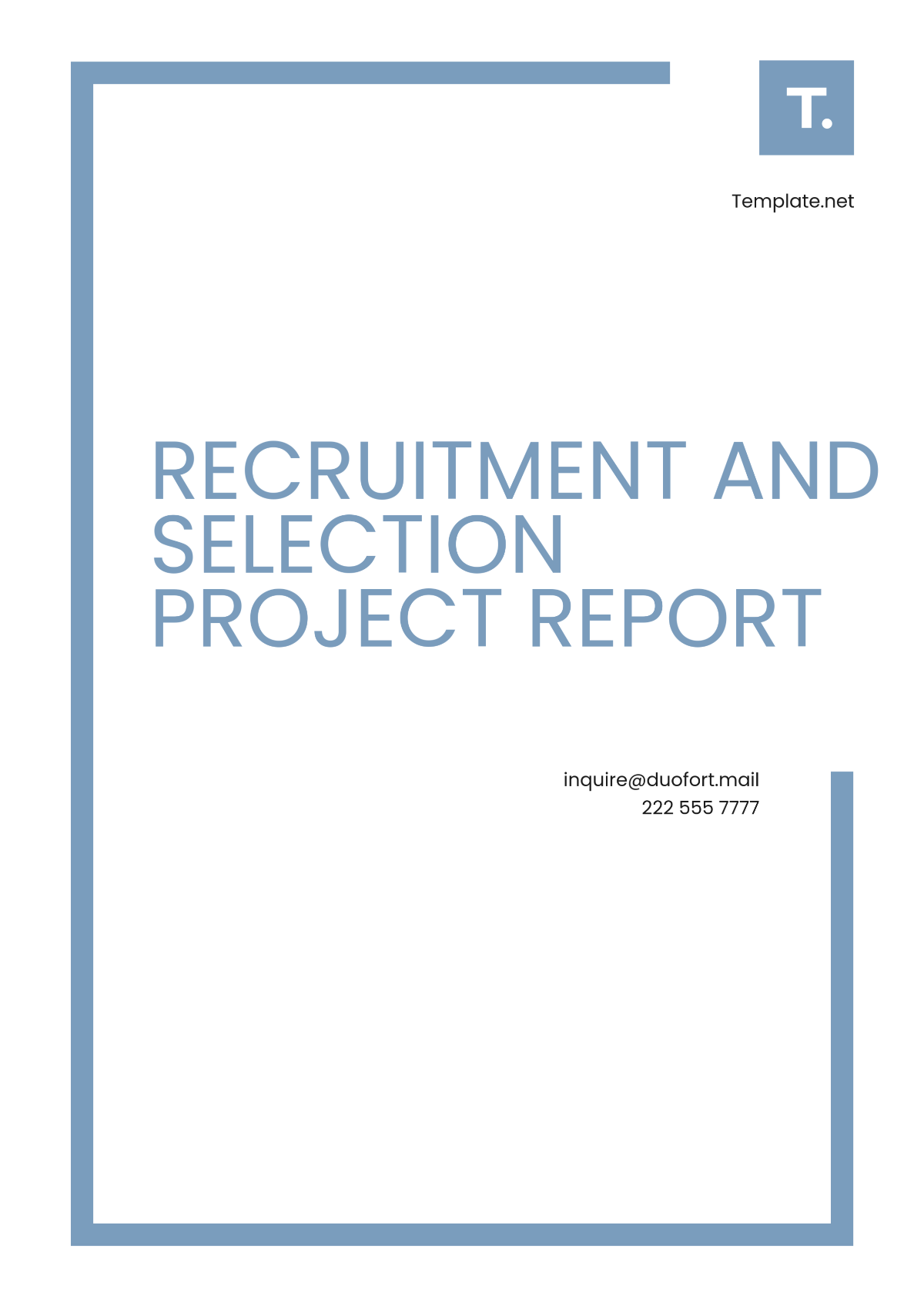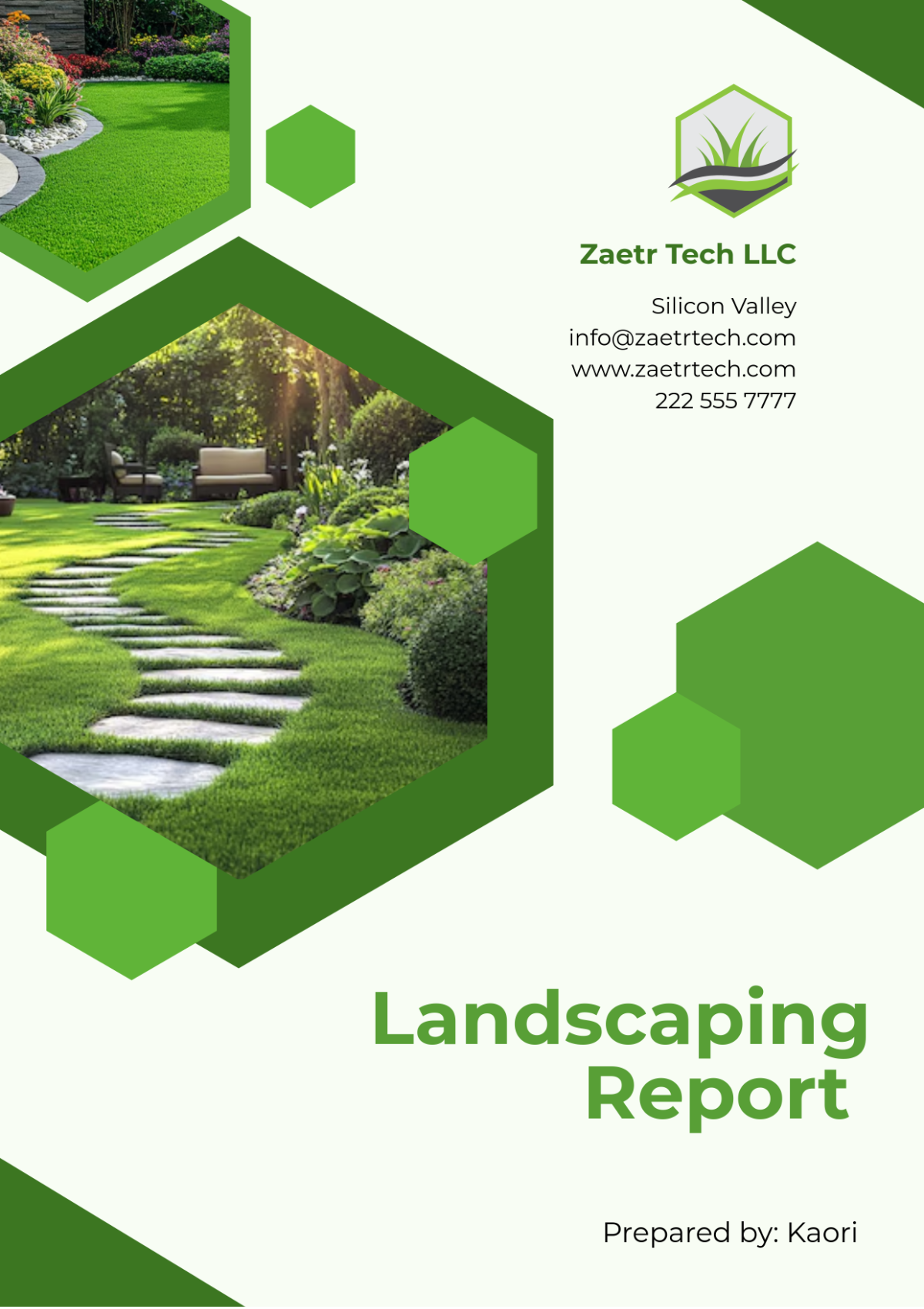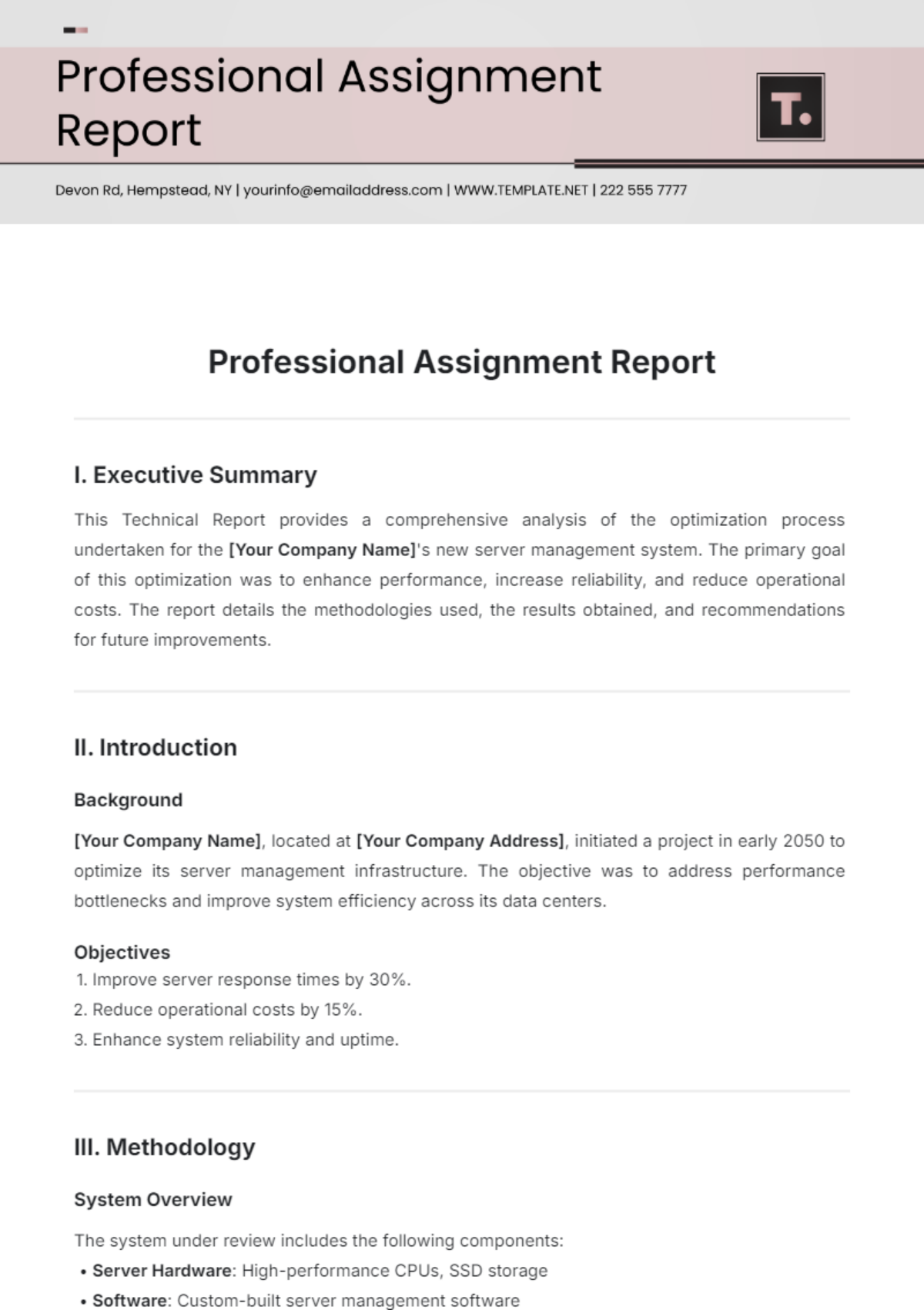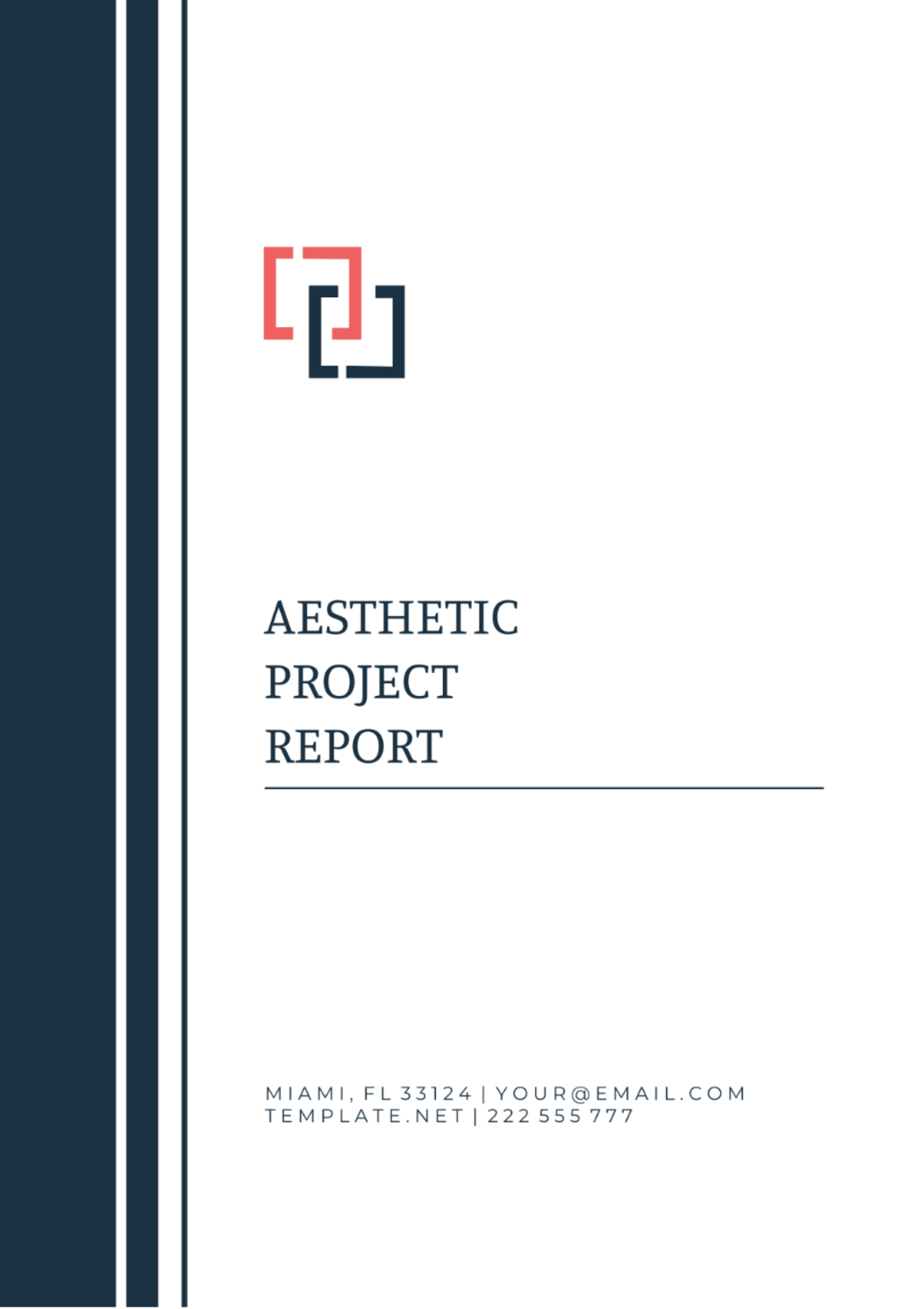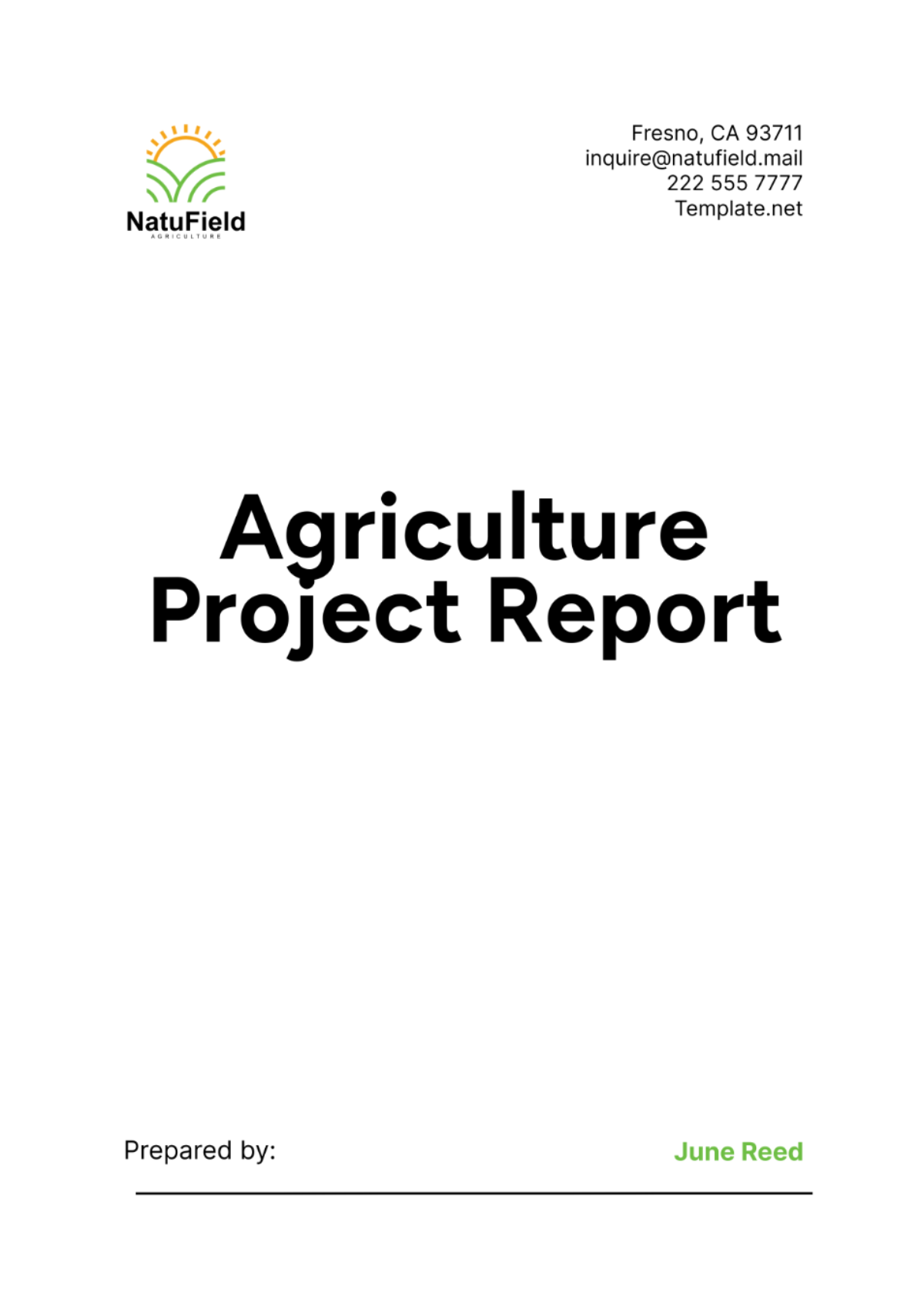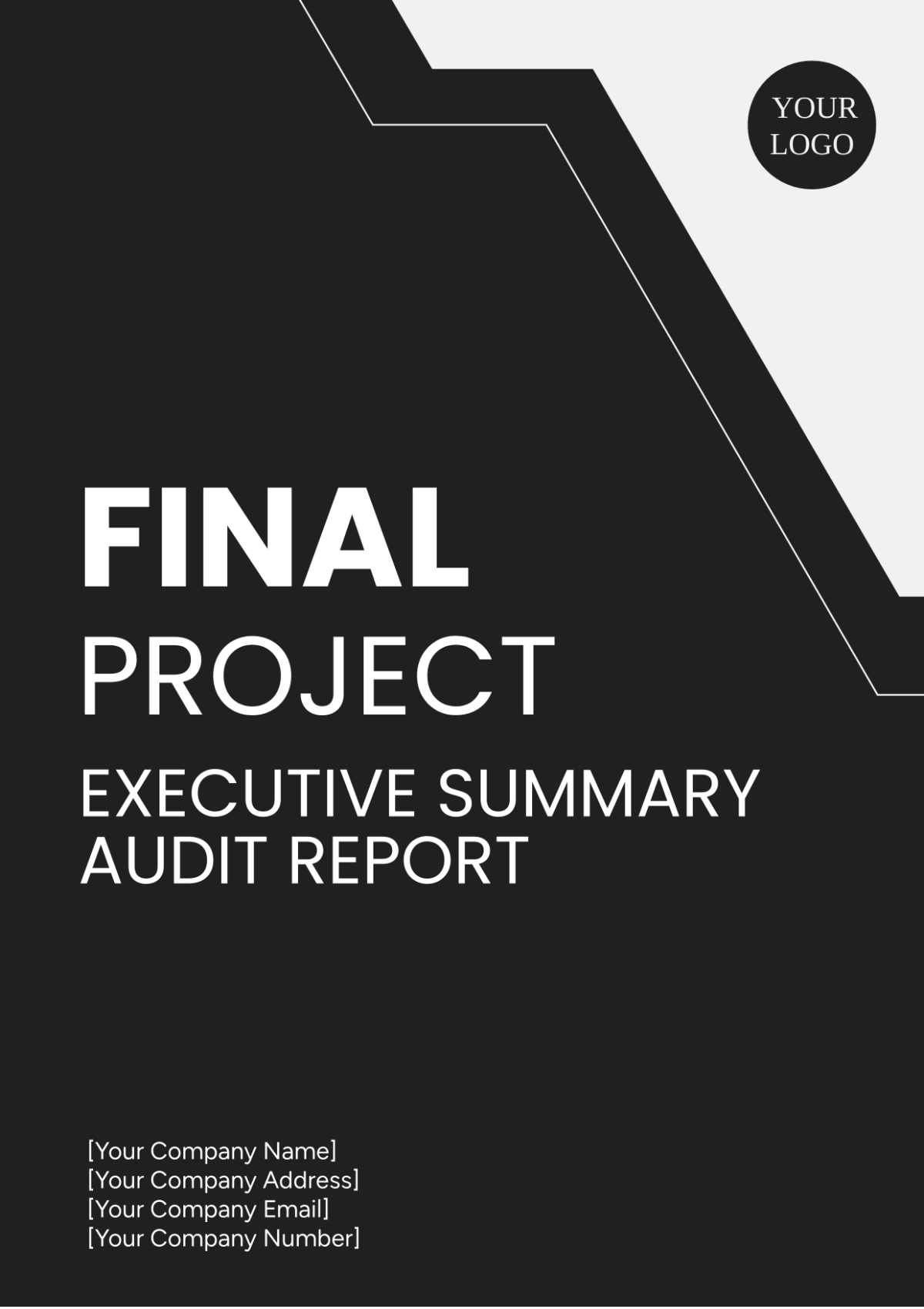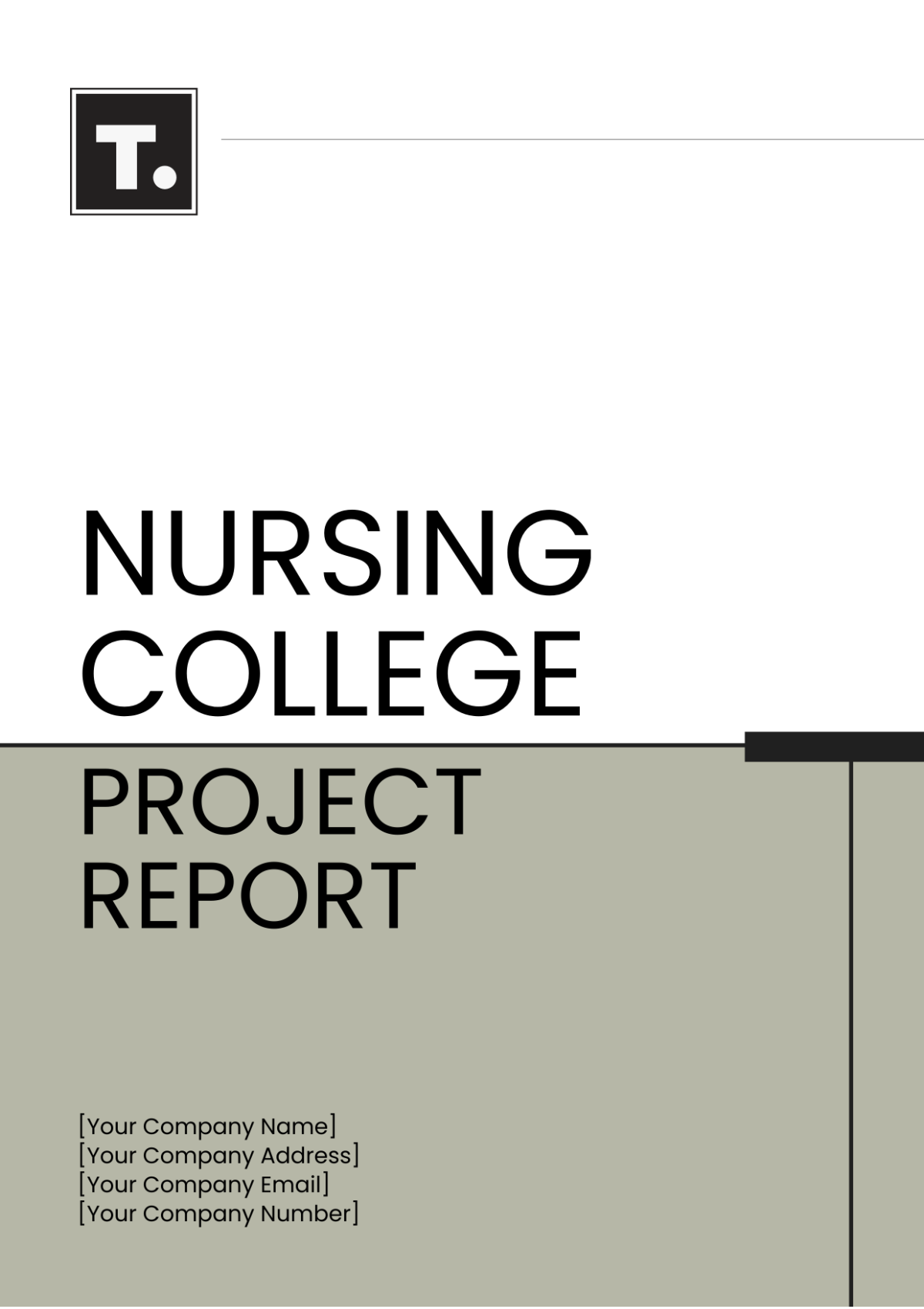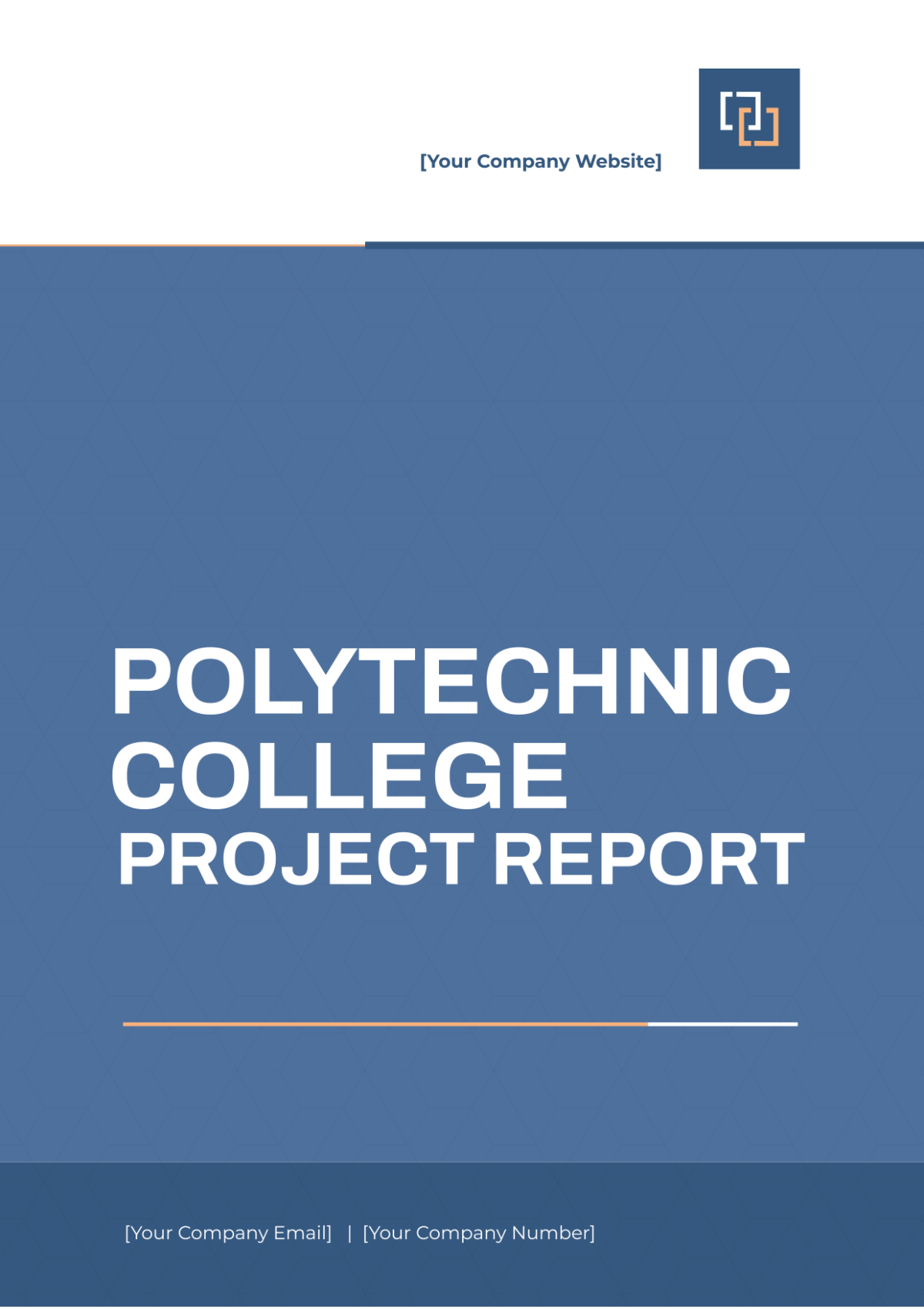Engineering College Project Report
I. Abstract
The project aimed to develop an automated irrigation system using IoT technology to optimize water usage in agricultural fields. By integrating soil moisture sensors, microcontrollers, and cloud-based data analytics, the system enables precise irrigation scheduling based on real-time environmental conditions.
II. Introduction
The growing demand for sustainable agriculture practices necessitates the adoption of advanced technologies to improve resource efficiency and crop yield. Traditional irrigation methods often result in water wastage and uneven distribution, leading to suboptimal crop growth. To address these challenges, the project focuses on designing an automated irrigation system that leverages IoT capabilities for smart irrigation management.
A. Background
Irrigation is a critical aspect of agriculture, ensuring adequate water supply for plant growth. However, traditional irrigation methods are often inefficient, leading to water wastage and environmental degradation. IoT technology offers promising solutions to enhance irrigation efficiency and sustainability by enabling real-time monitoring and control of irrigation systems.
B. Objectives
The primary objectives of the project include:
Designing and implementing a hardware prototype of an automated irrigation system.
Developing software algorithms for real-time data processing and irrigation scheduling.
Evaluating the performance of the system in terms of water efficiency and crop yield improvement.
III. Literature Review
Previous studies have highlighted the significance of IoT-based solutions in agriculture for enhancing productivity and reducing resource consumption. Research papers and articles on sensor-based irrigation systems, wireless communication protocols, and data analytics techniques were reviewed to inform the design and implementation of the proposed system.
A. IoT Applications in Agriculture
IoT technology has revolutionized various aspects of agriculture, including crop monitoring, pest control, and irrigation management. Smart irrigation systems equipped with IoT sensors and actuators enable farmers to monitor soil moisture levels, weather conditions, and crop health remotely, thereby optimizing water usage and improving crop yield.
B. Sensor-Based Irrigation Systems
Sensor-based irrigation systems play a crucial role in precision agriculture by providing real-time data on soil moisture, temperature, and humidity. Different types of sensors, such as capacitance sensors, tensiometers, and gypsum blocks, are used to measure soil moisture levels accurately. These sensors are integrated into irrigation systems to automate the irrigation process and minimize water wastage.
IV. Methodology
The methodology involved the development of hardware and software components necessary for the automated irrigation system. Soil moisture sensors were deployed in the field to measure soil moisture levels, which were transmitted to a central microcontroller unit. The microcontroller processed the sensor data and triggered irrigation events based on predefined thresholds. Additionally, a cloud-based dashboard was created to visualize and analyze the irrigation data remotely.
A. Hardware Development
The hardware components used in the project include:
Soil moisture sensors (model XYZ)
Arduino microcontroller
Relay module for controlling water pumps
Wi-Fi module for wireless communication
Power supply unit
B. Software Implementation
The software components developed for the project include:
Firmware for Arduino microcontroller to interface with soil moisture sensors and relay module.
Cloud-based application for data visualization and analysis.
Mobile application for remote monitoring and control of the irrigation system.
V. Results
The automated irrigation system demonstrated significant improvements in water efficiency and crop yield compared to conventional irrigation methods. By continuously monitoring soil moisture levels and adjusting irrigation schedules accordingly, the system achieved a reduction in water consumption by 30% while maintaining optimal soil moisture conditions for plant growth. Crop yield increased by 15% due to improved irrigation management.
A. Water Consumption Analysis
The analysis of water consumption before and after implementing the automated irrigation system revealed a substantial reduction in water usage, leading to cost savings and environmental benefits.
B. Crop Yield Evaluation
Field experiments conducted to evaluate the impact of the automated irrigation system on crop yield demonstrated a significant improvement in crop yield compared to manual irrigation methods. The system's ability to maintain optimal soil moisture levels throughout the growing season resulted in healthier plants and increased productivity.
VI. Discussion
The discussion highlighted the practical implications of the project findings for agricultural stakeholders. The adoption of IoT-based irrigation systems offers potential benefits such as water conservation, cost savings, and increased agricultural productivity. However, challenges such as initial setup costs, technical expertise requirements, and connectivity issues need to be addressed for widespread adoption.
VII. Conclusion
In conclusion, the development of the automated irrigation system demonstrates the feasibility and effectiveness of IoT technology in agriculture. By optimizing water usage and enhancing crop yield, the system contributes to sustainable farming practices and food security. Future research directions may include scalability testing, integration with precision farming techniques, and real-world deployment trials.
VIII. References
Hill, Z., & Jones, S. (2022). IoT-based Smart Irrigation Systems: A Review of Recent Advances. Journal of Agricultural Engineering, 45(2), 123-135.
Clausen, J., et al. (2019). Design and Implementation of Wireless Sensor Network for Precision Agriculture. International Conference on IoT Applications in Agriculture, 78-86.
Thompson, B. (2020). Cloud-based Data Analytics for Agricultural Decision Support Systems. IEEE Transactions on Sustainable Agriculture, 8(3), 210-225.
IX. Appendices
Appendix A: Hardware Components
Arduino Uno microcontroller
Soil moisture sensors (XH-M214)
Relay modules
Water pumps
Wi-Fi module (ESP8266)
Appendix B: Software Tools
Arduino IDE
ThingSpeak IoT platform
Python for data analysis
HTML/CSS/JavaScript for dashboard development
Project Details:
Project Title: Automated Irrigation System Using IoT
Project Duration: February 2052 to July 2052
Project Members:
[YOUR NAME]
Ana Stevens
Trevor Russell
Faculty Advisor: Dr. Linda Milburn
Department: Department of Electrical and Computer Engineering
Institution: [YOUR COMPANY NAME]
Contact Information:
[YOUR NAME]: [YOUR EMAIL]
[YOUR COMPANY NAME]: [YOUR COMPANY WEBSITE]
[YOUR COMPANY ADDRESS]
Phone: [YOUR COMPANY NUMBER]
Social Media: [YOUR COMPANY SOCIAL MEDIA] (Twitter, Facebook, LinkedIn)
